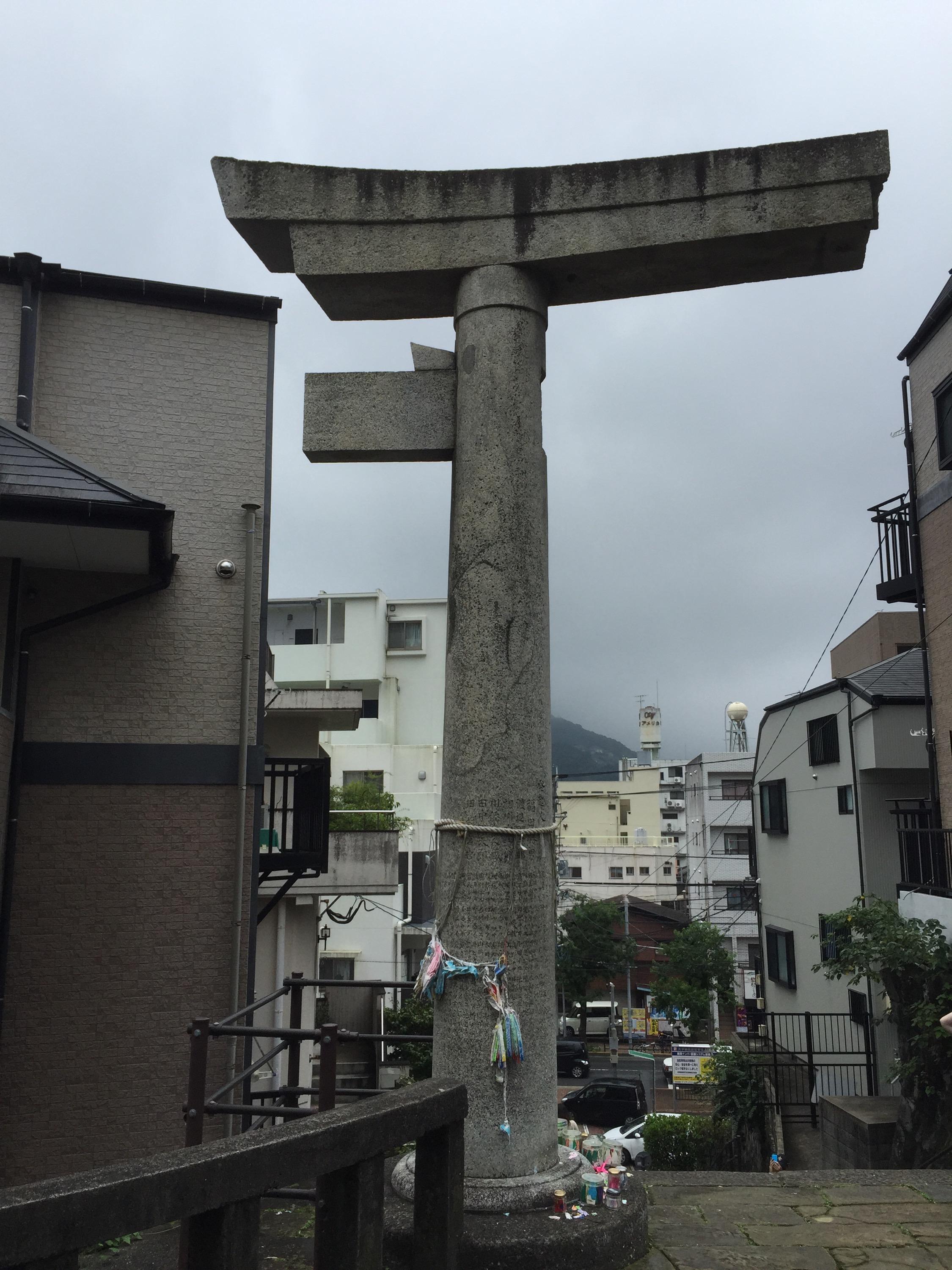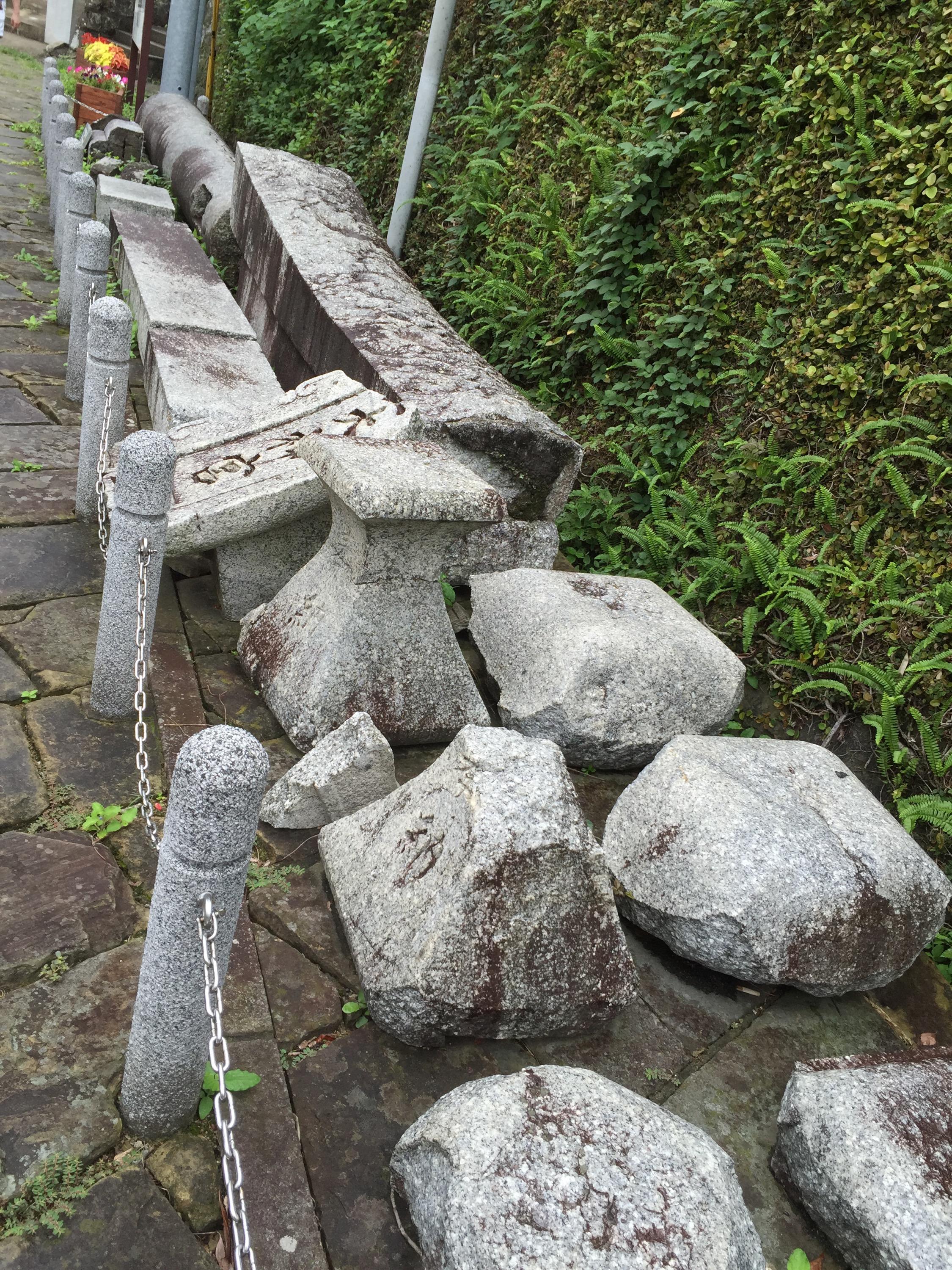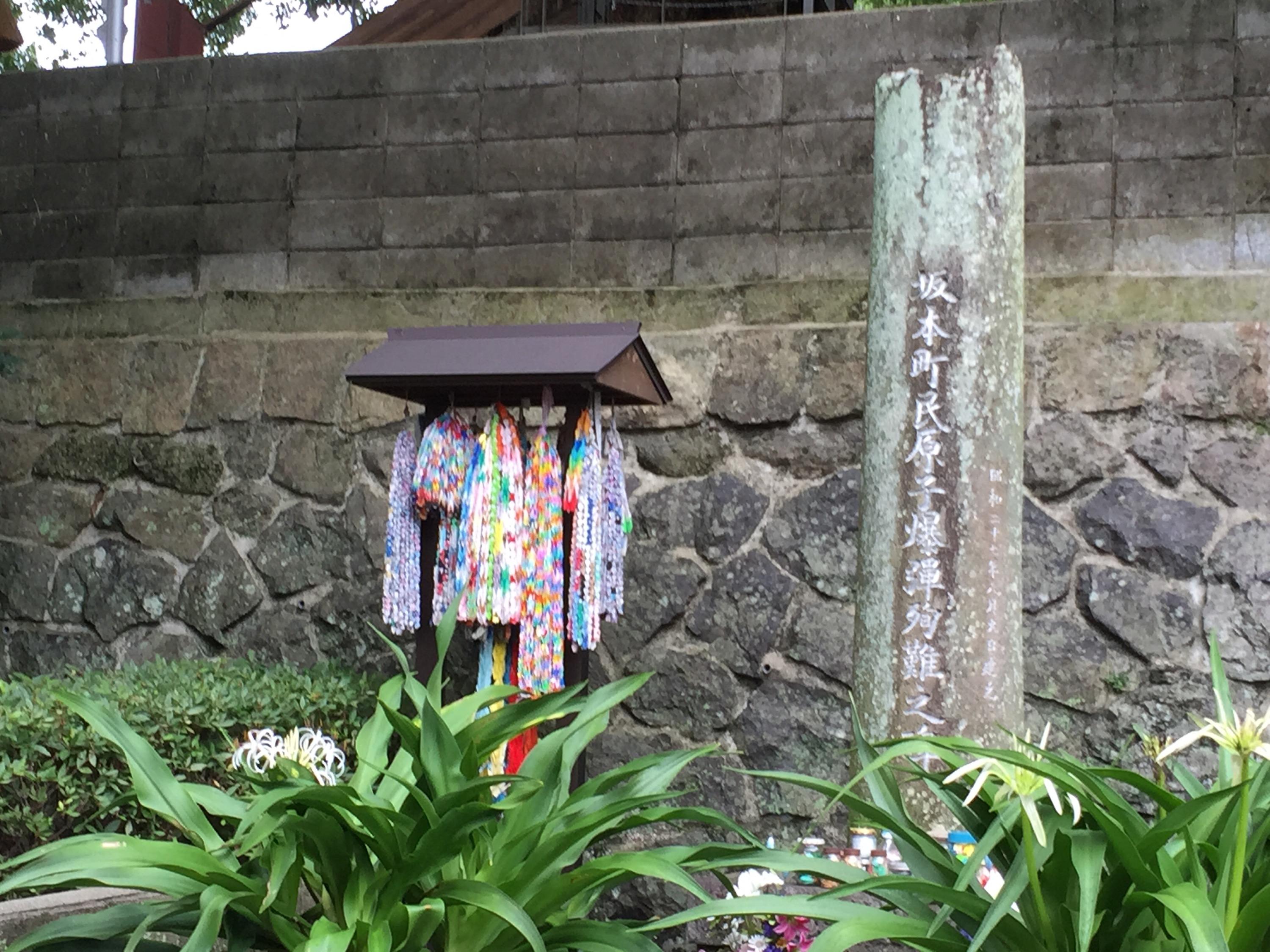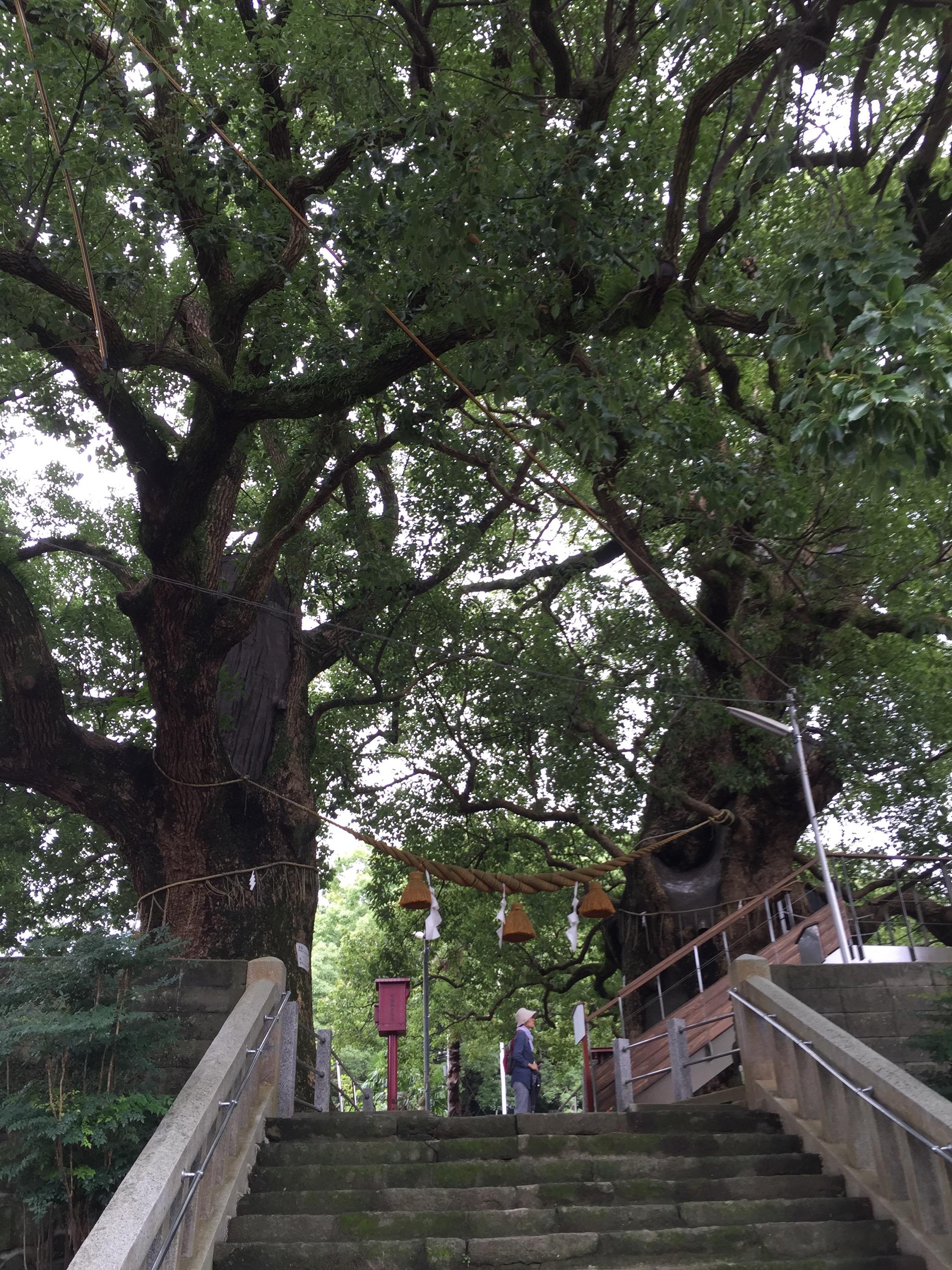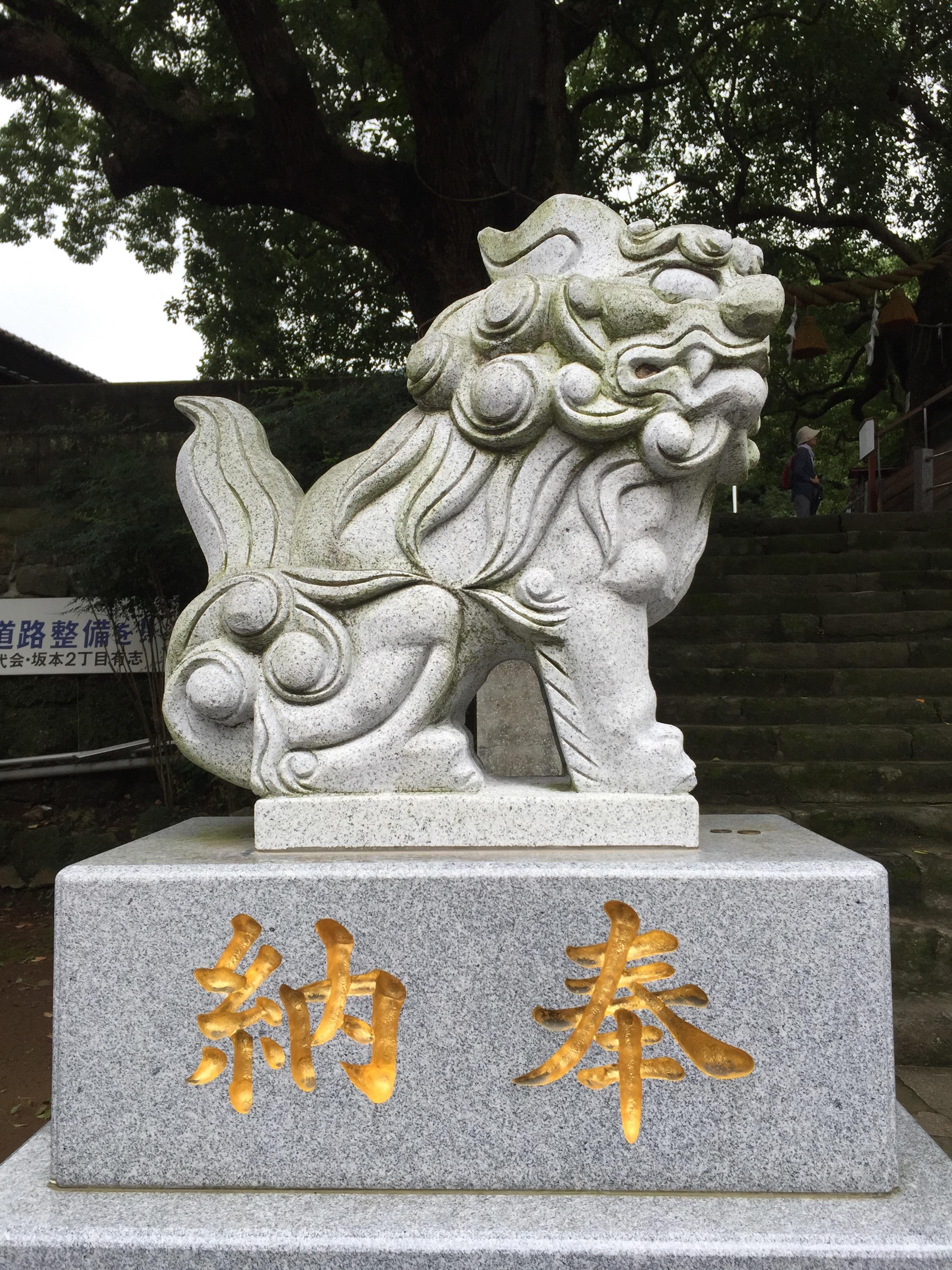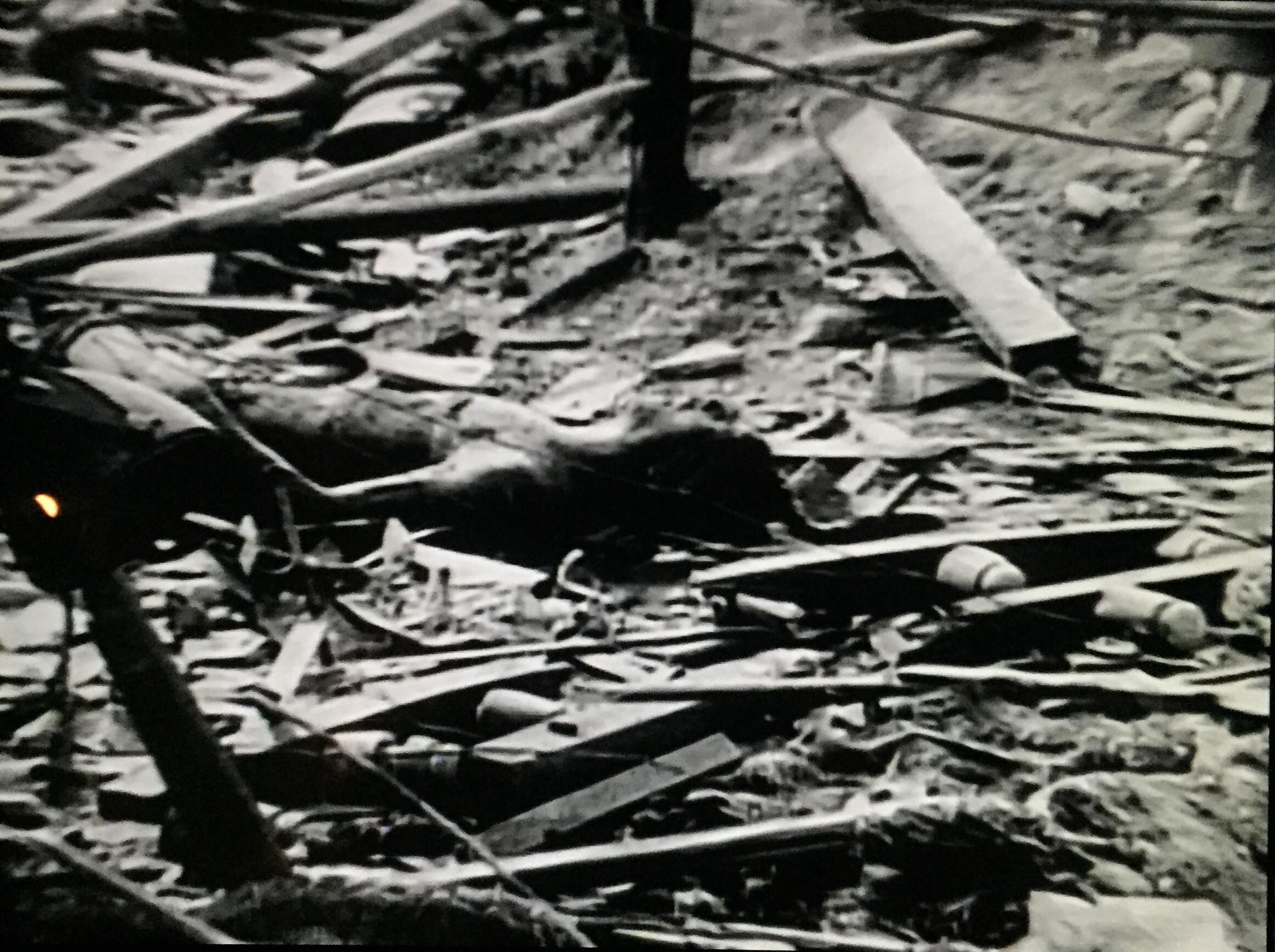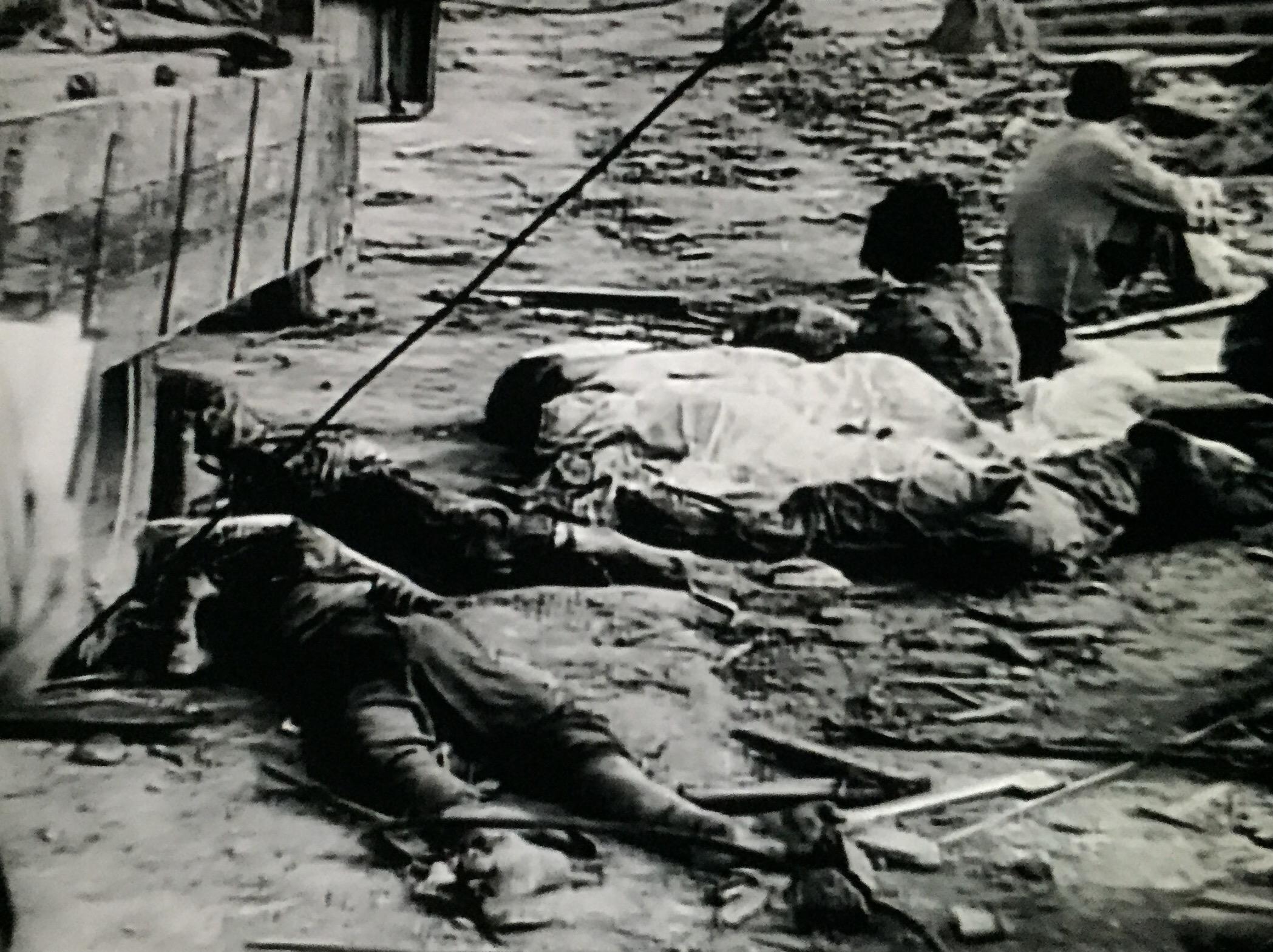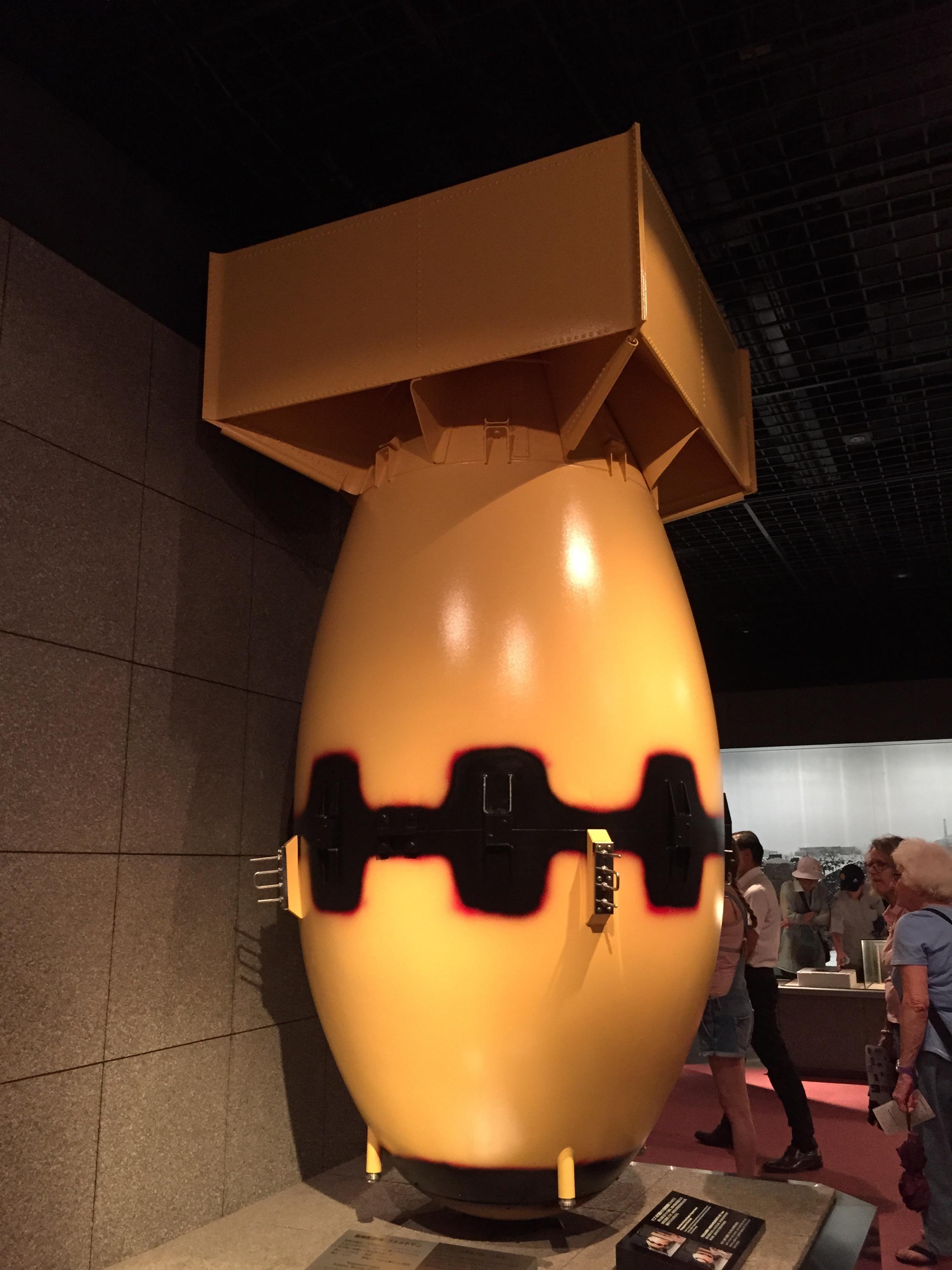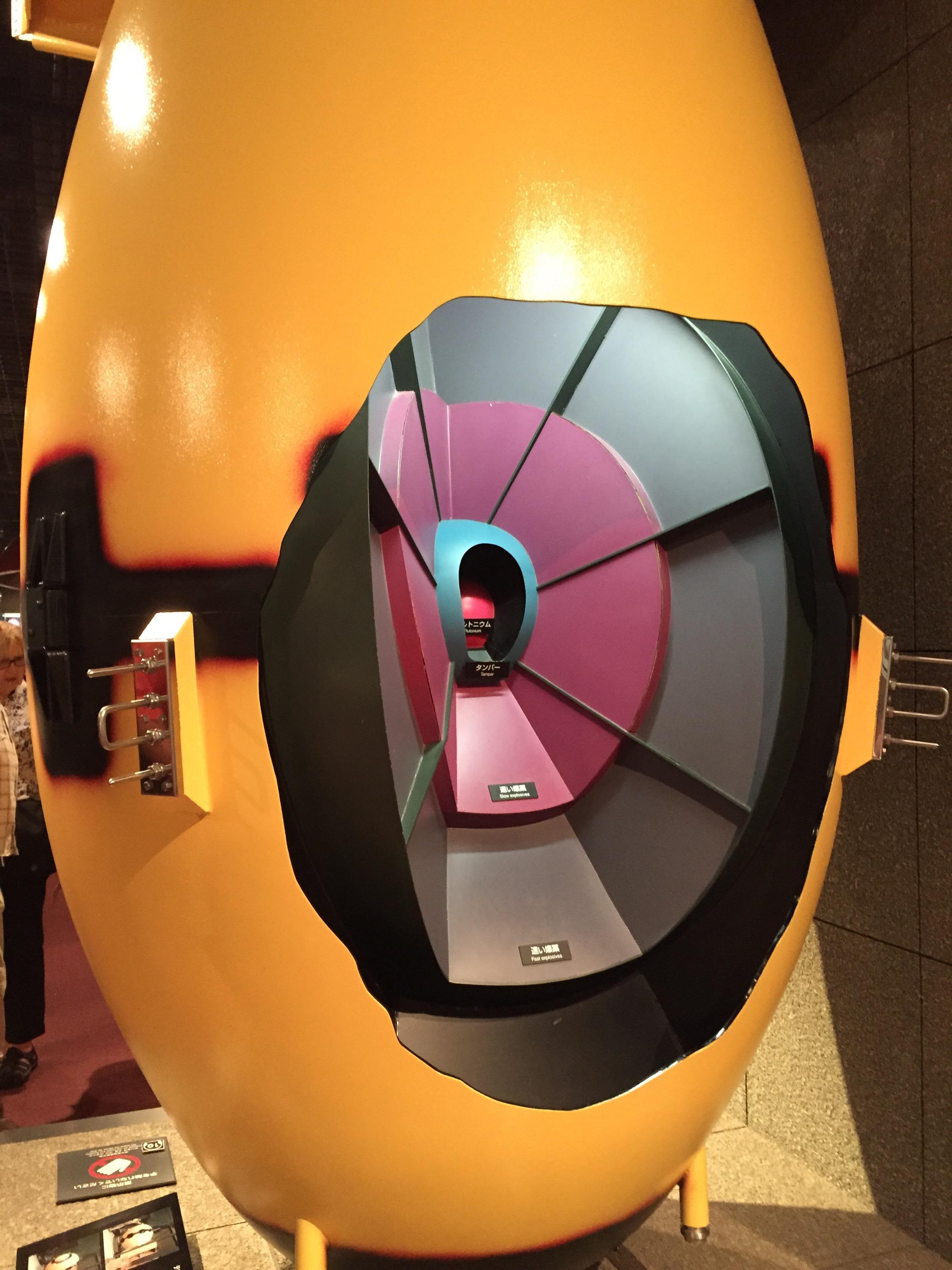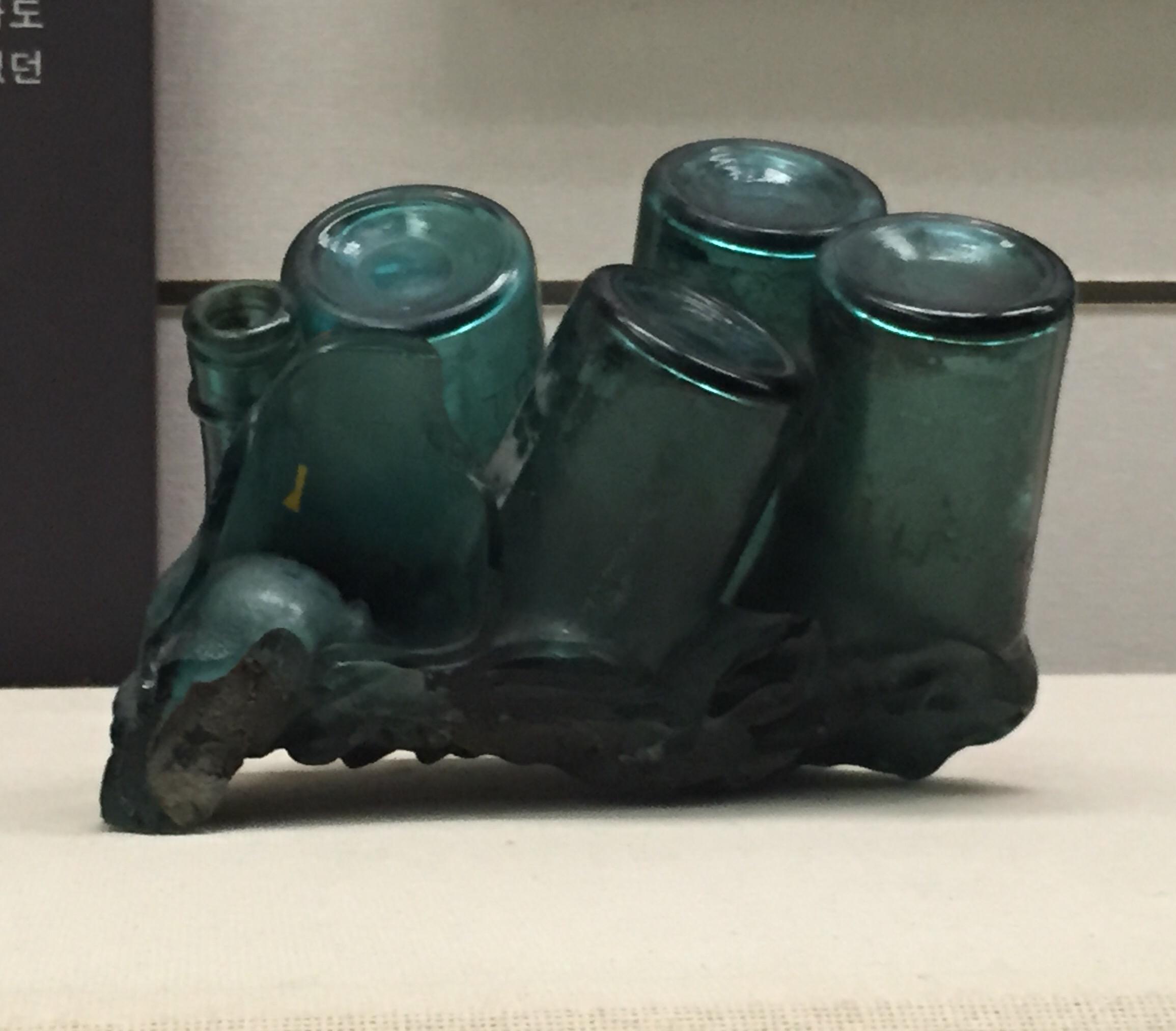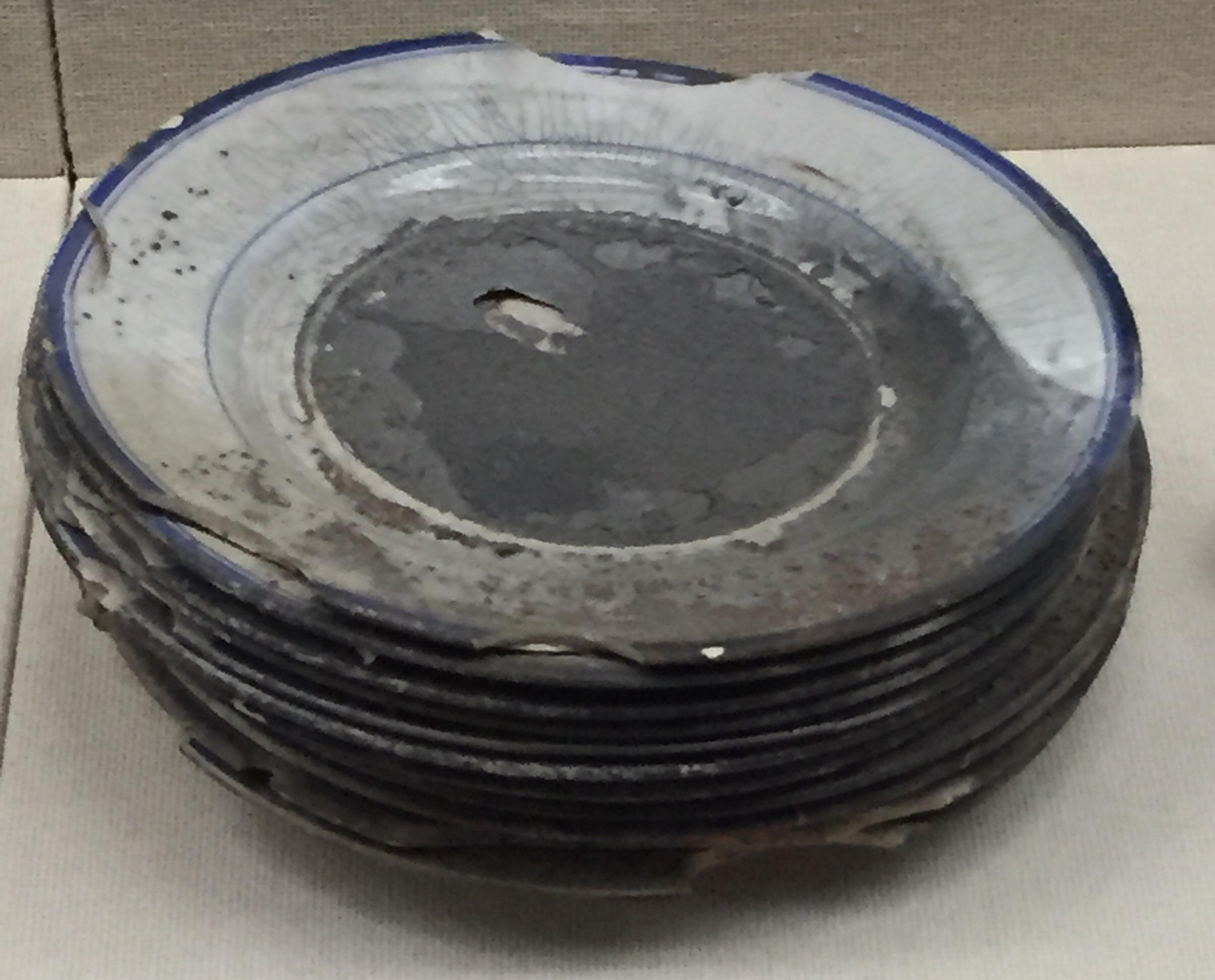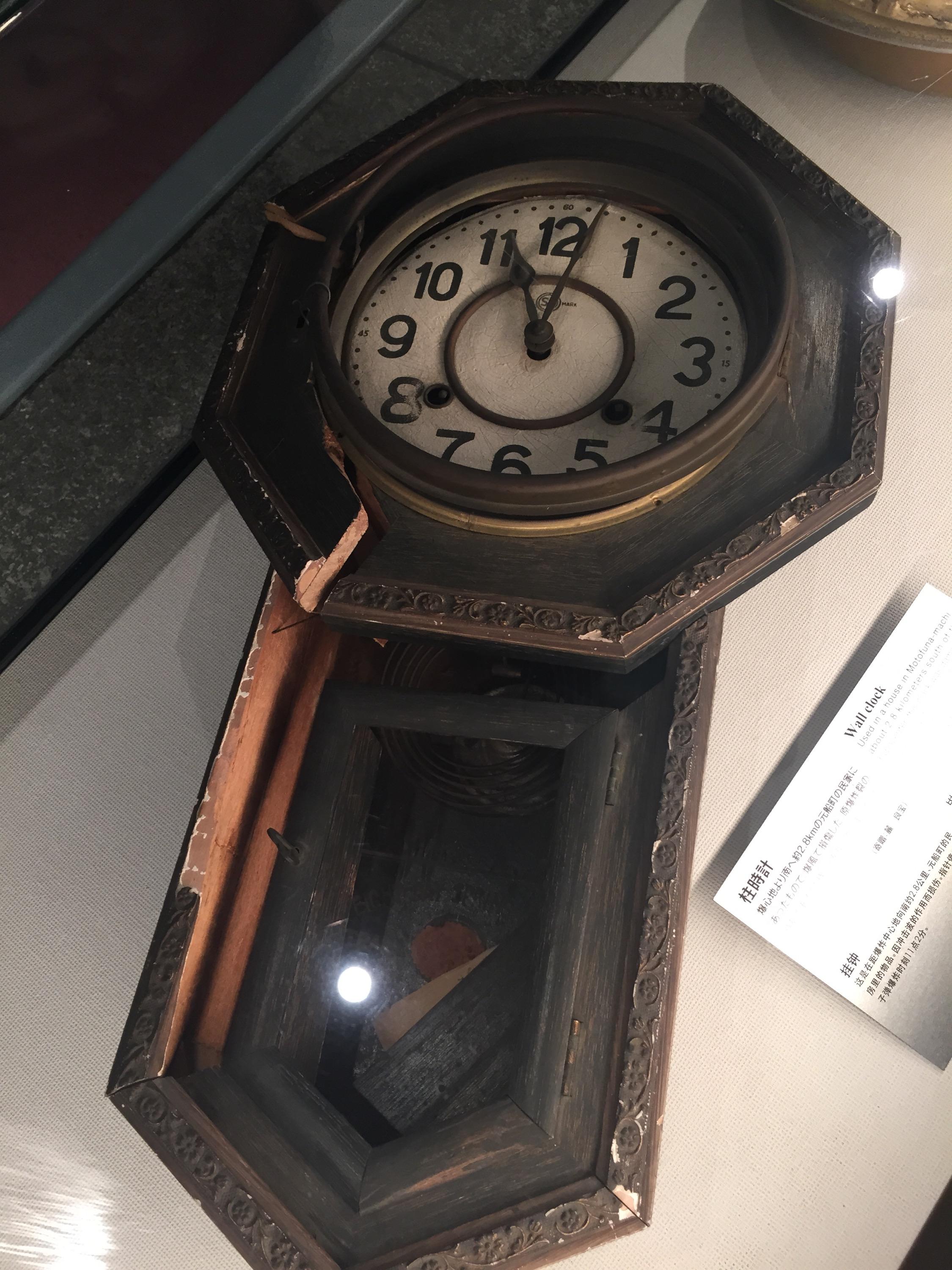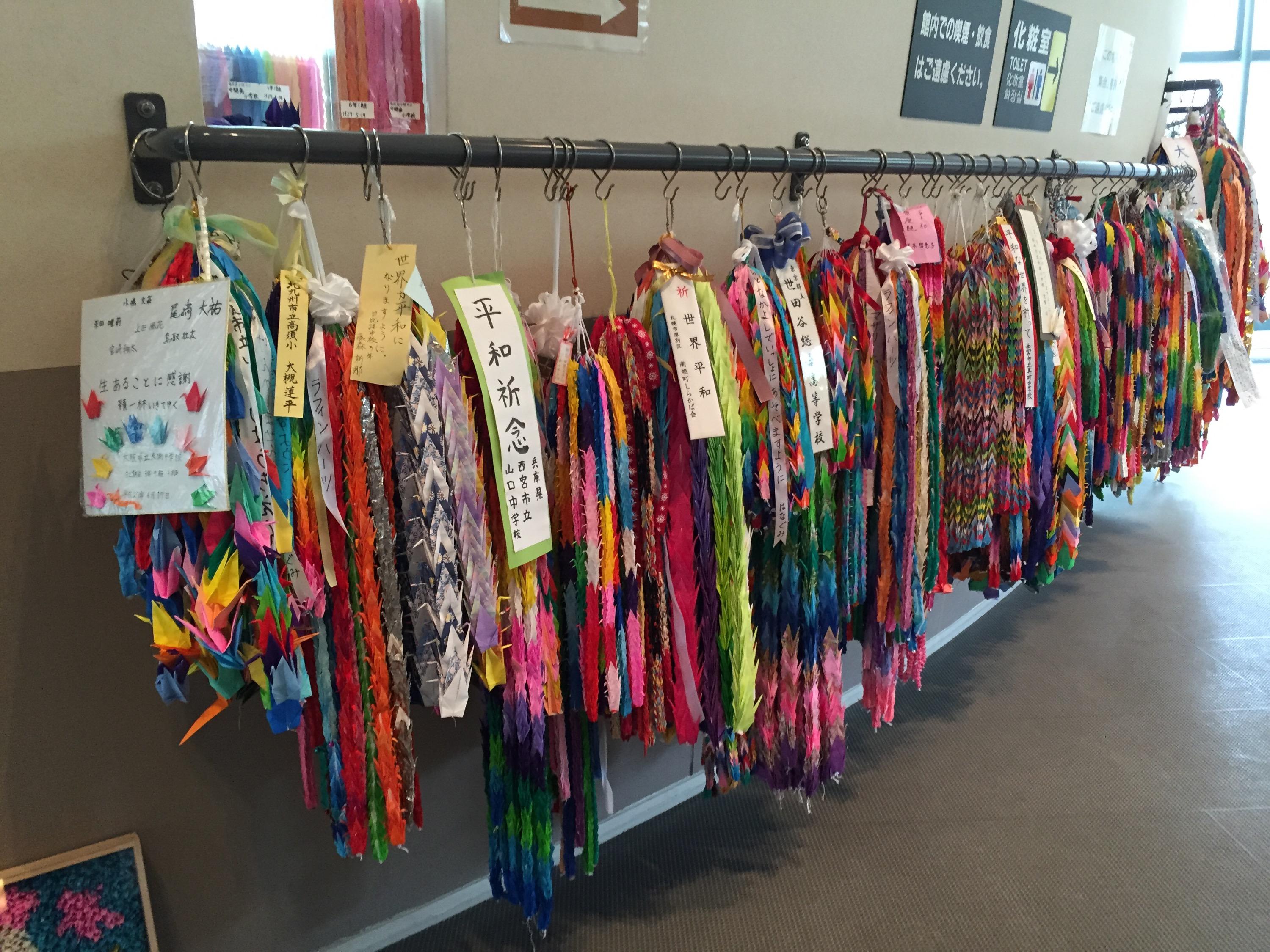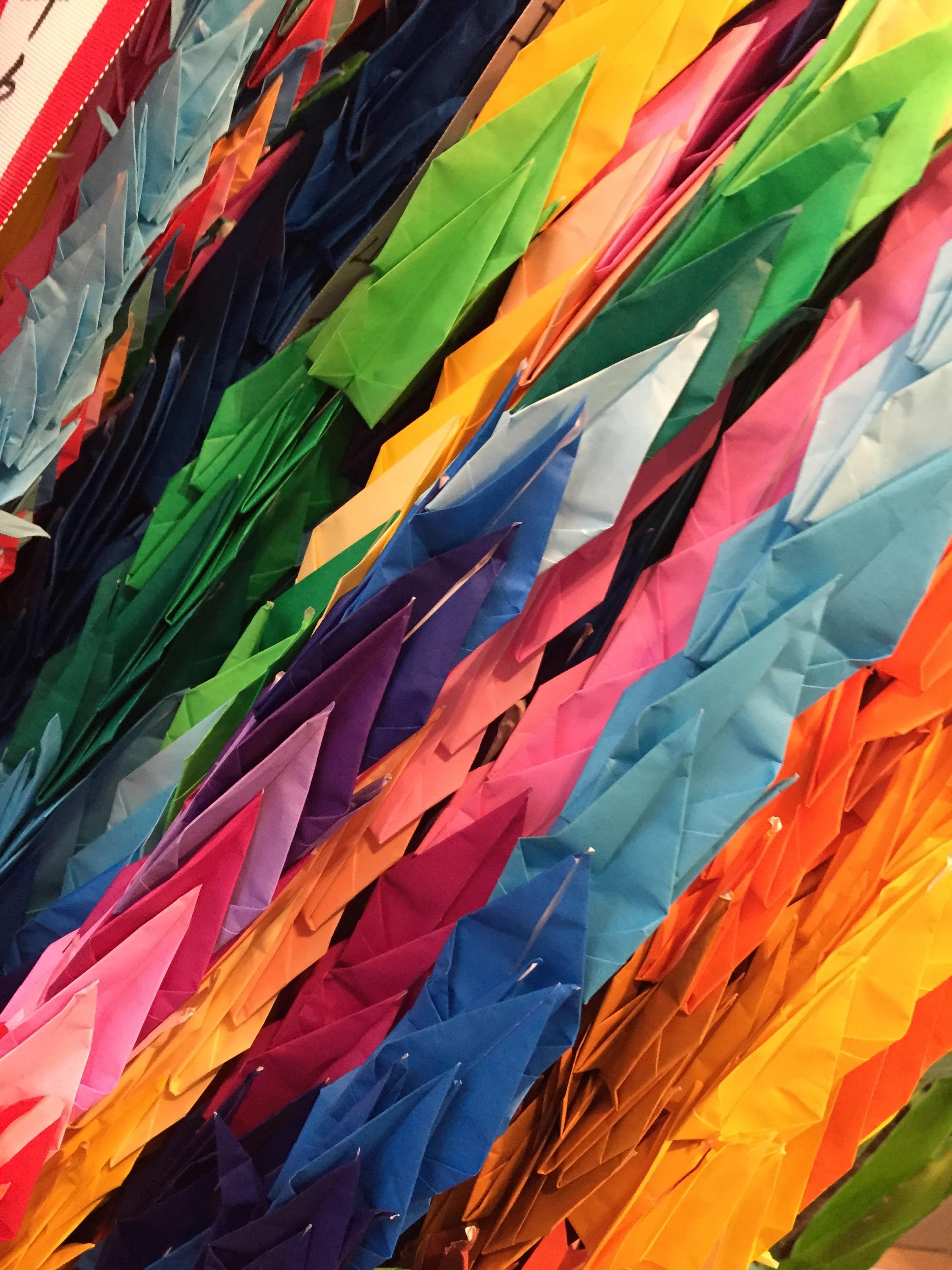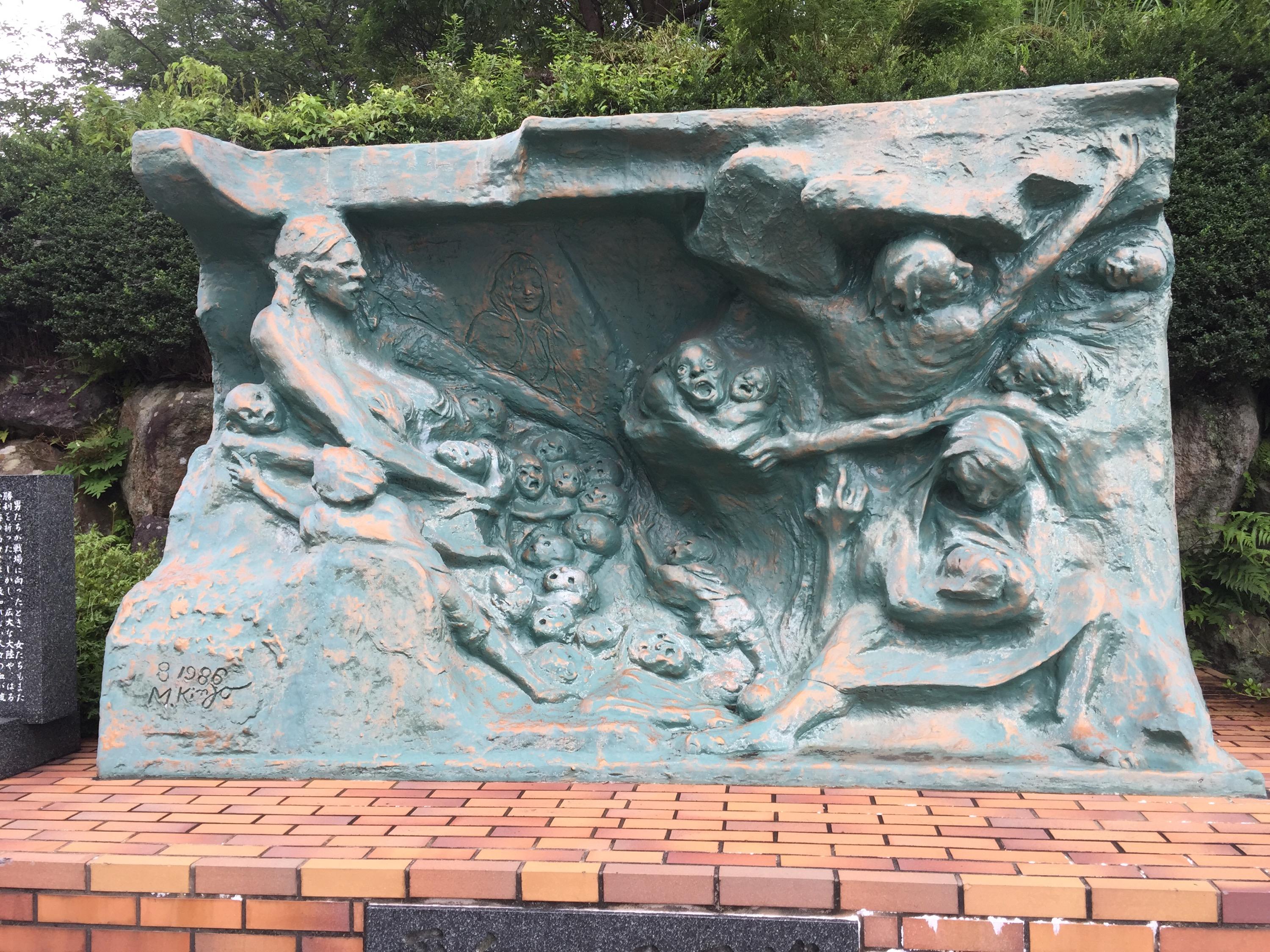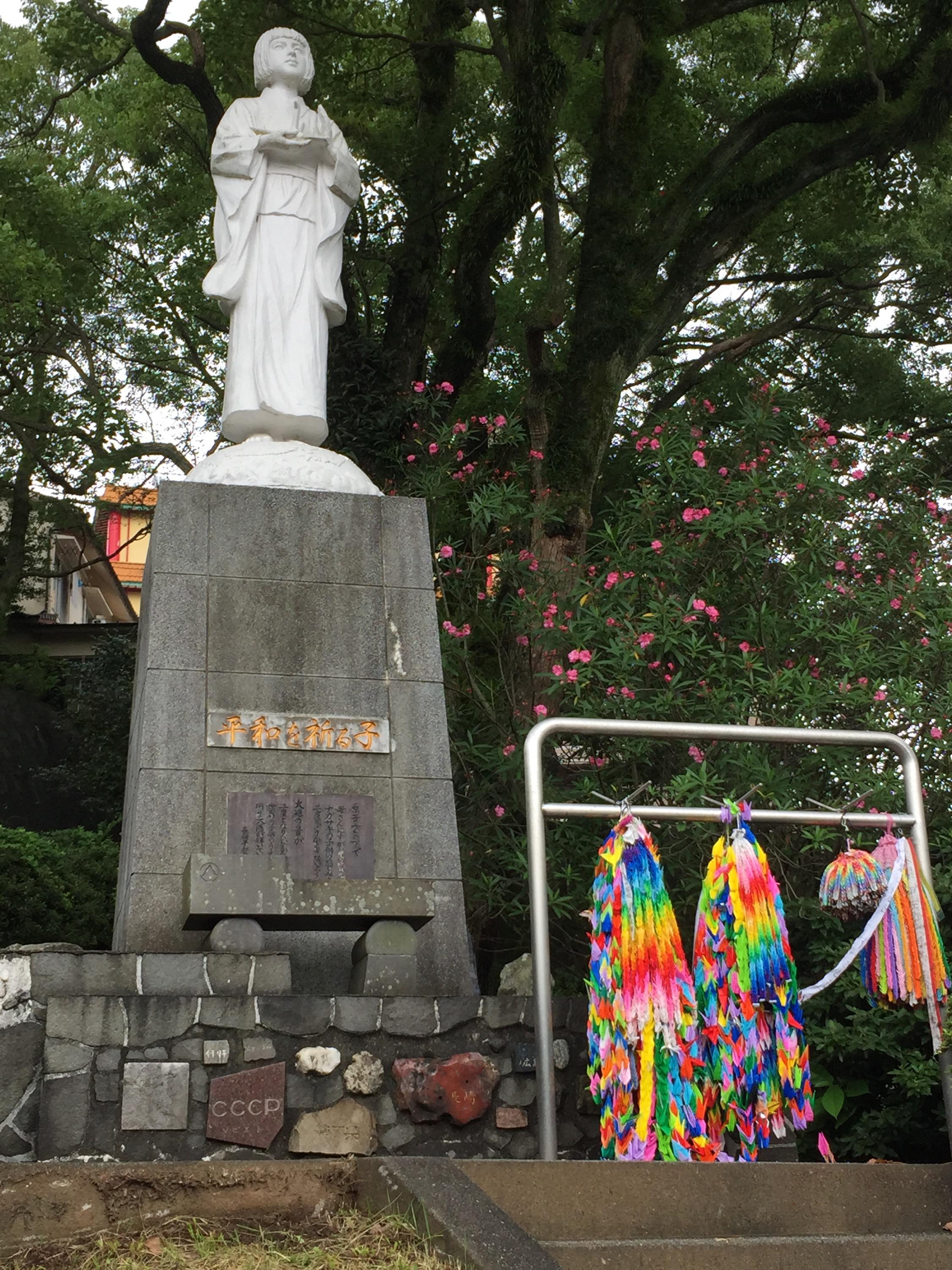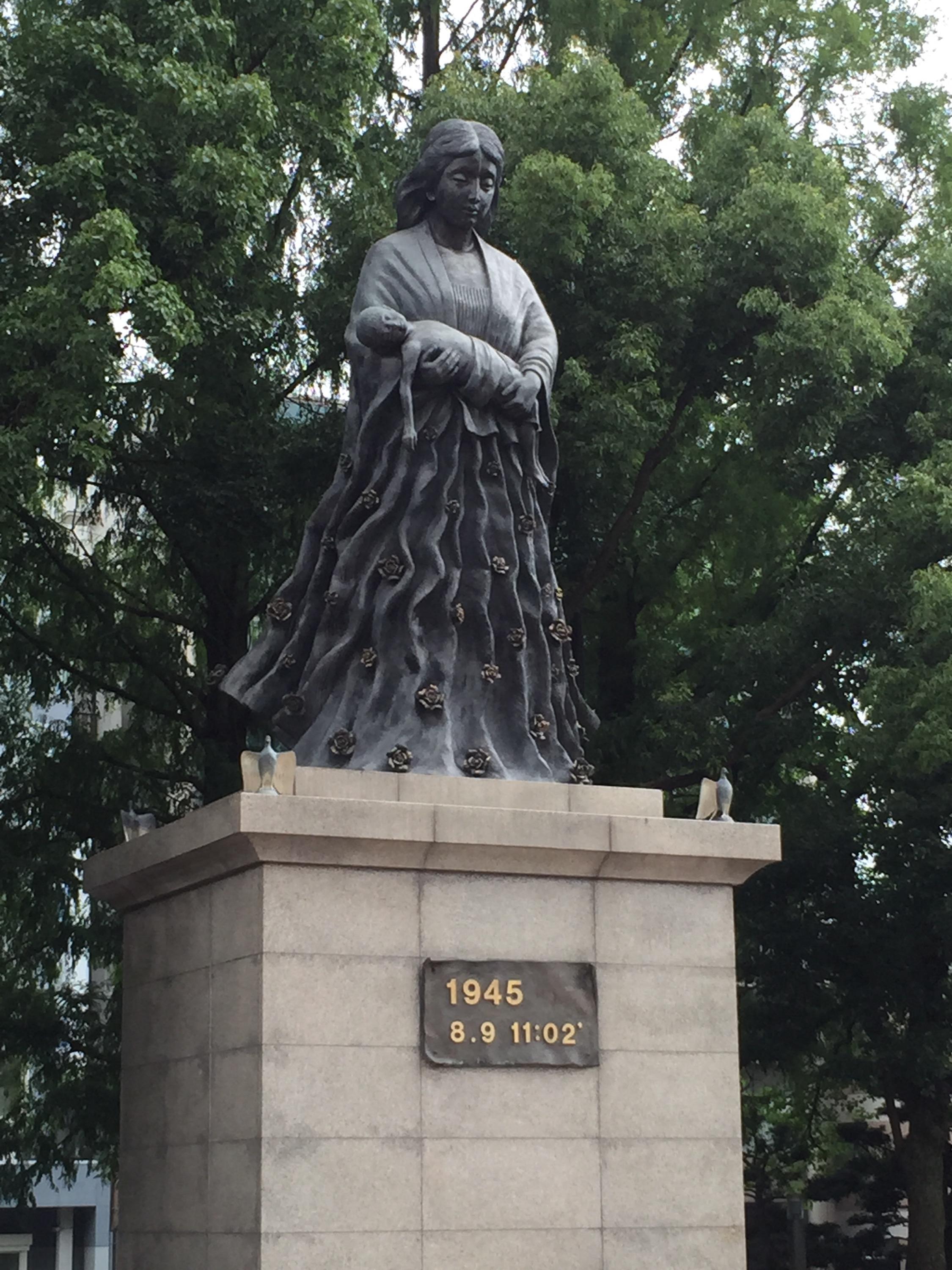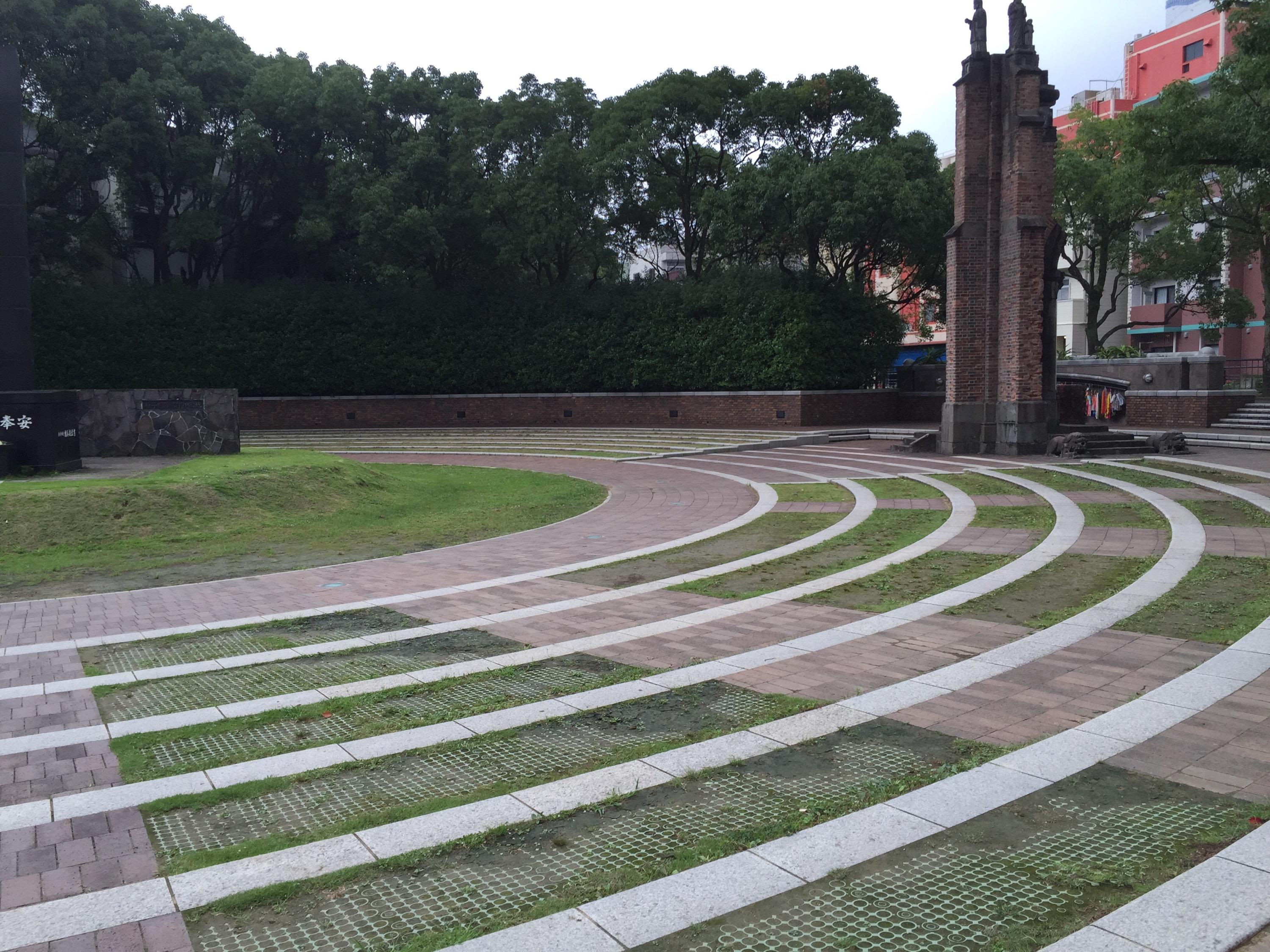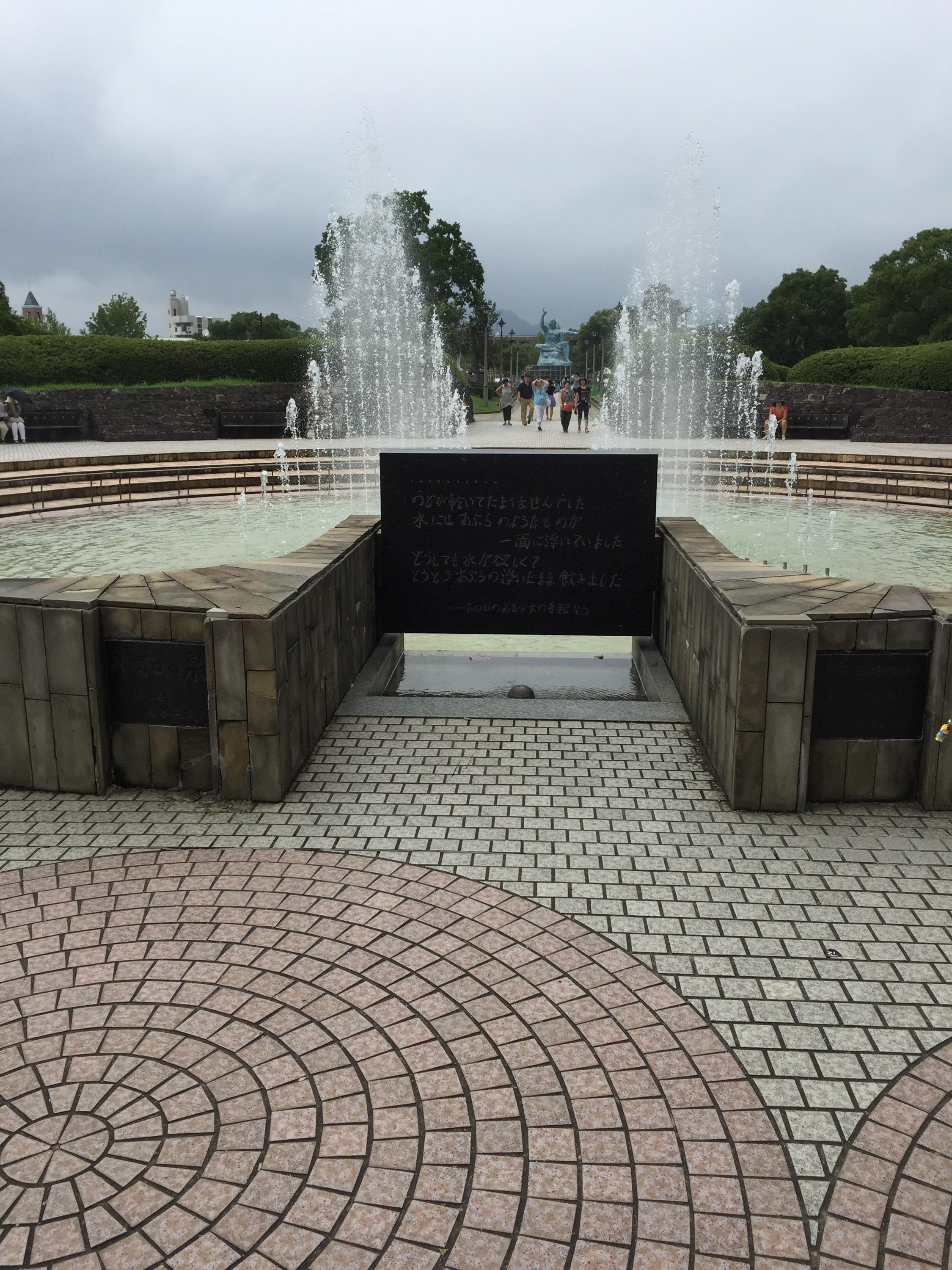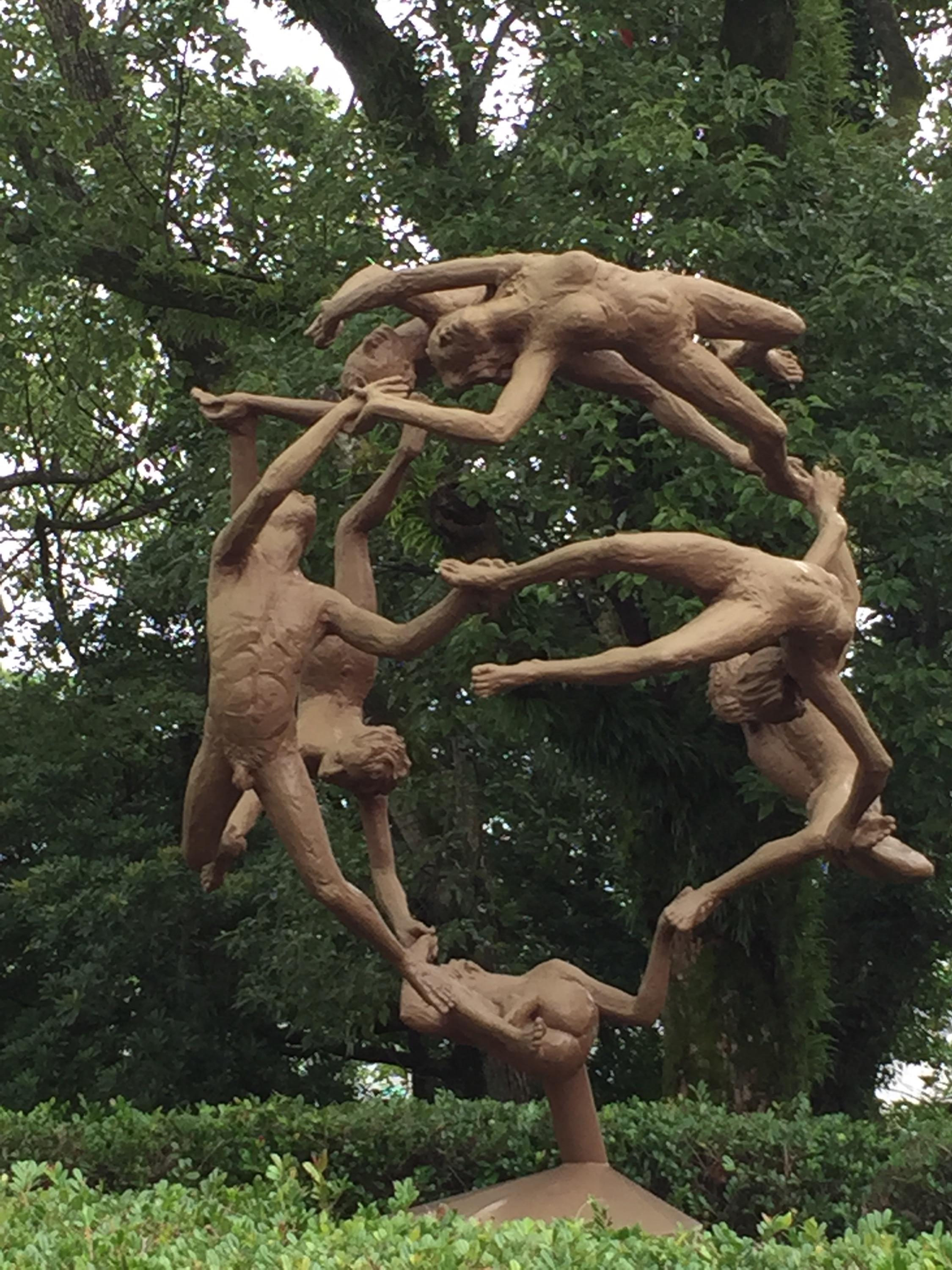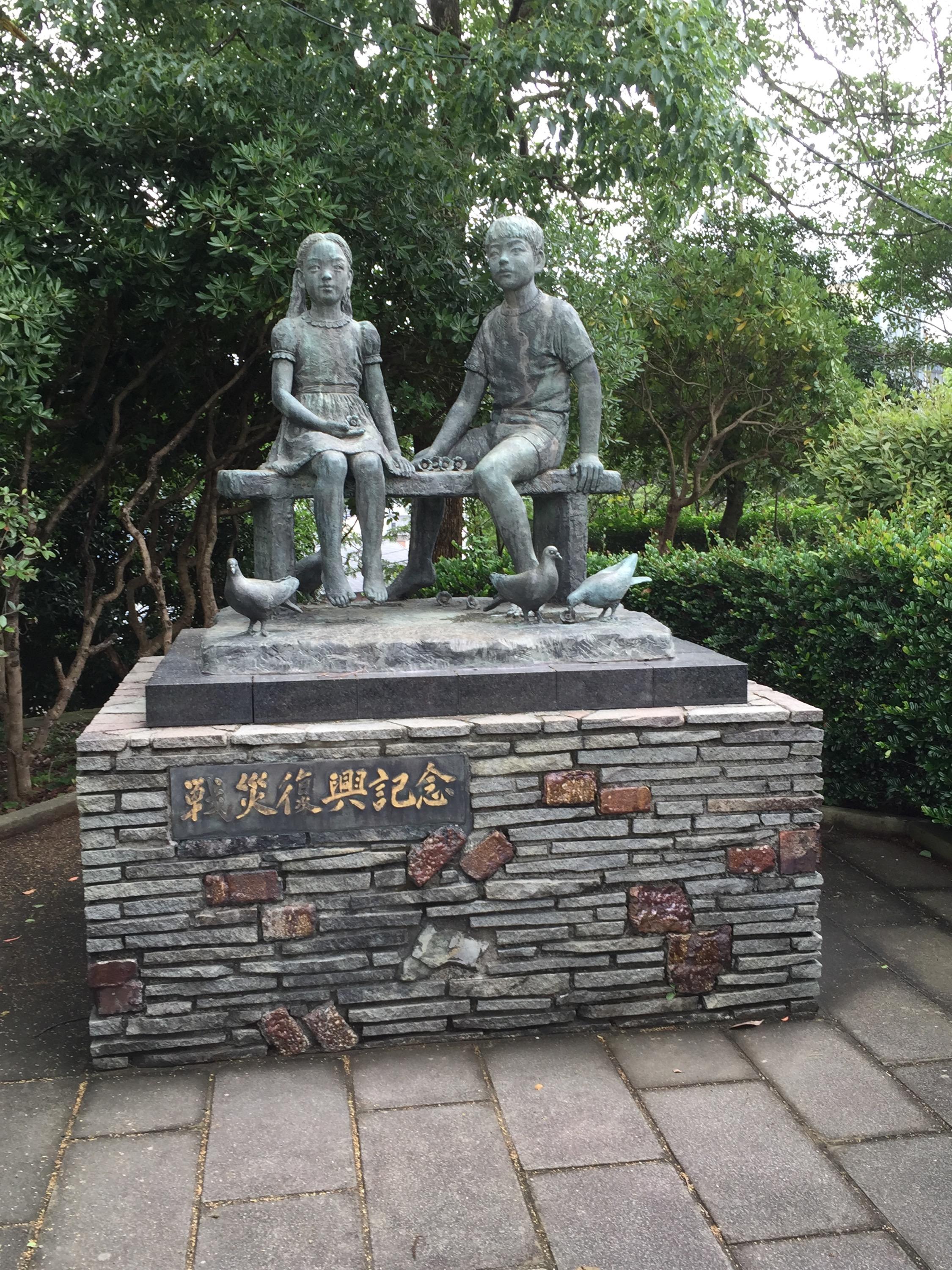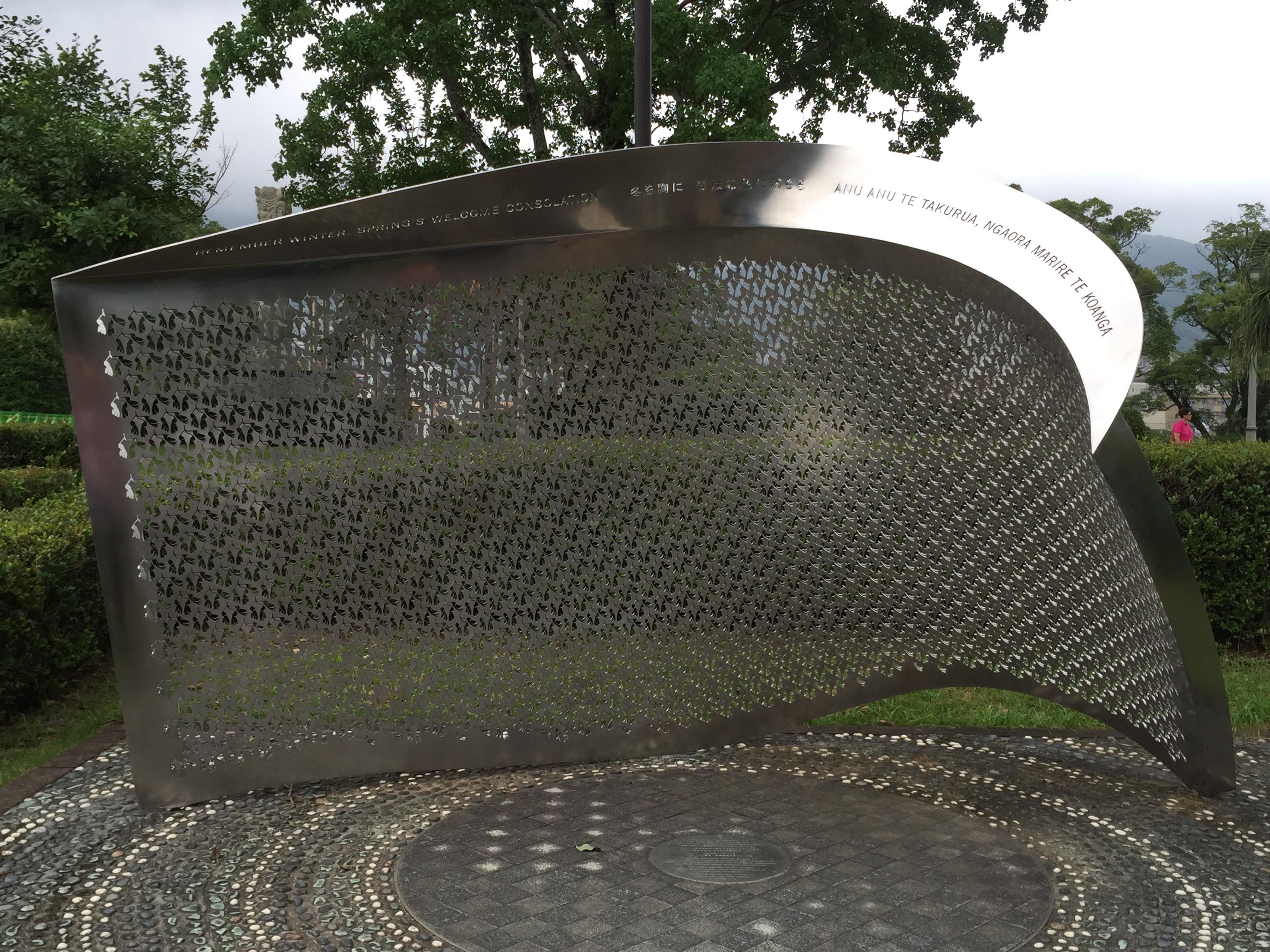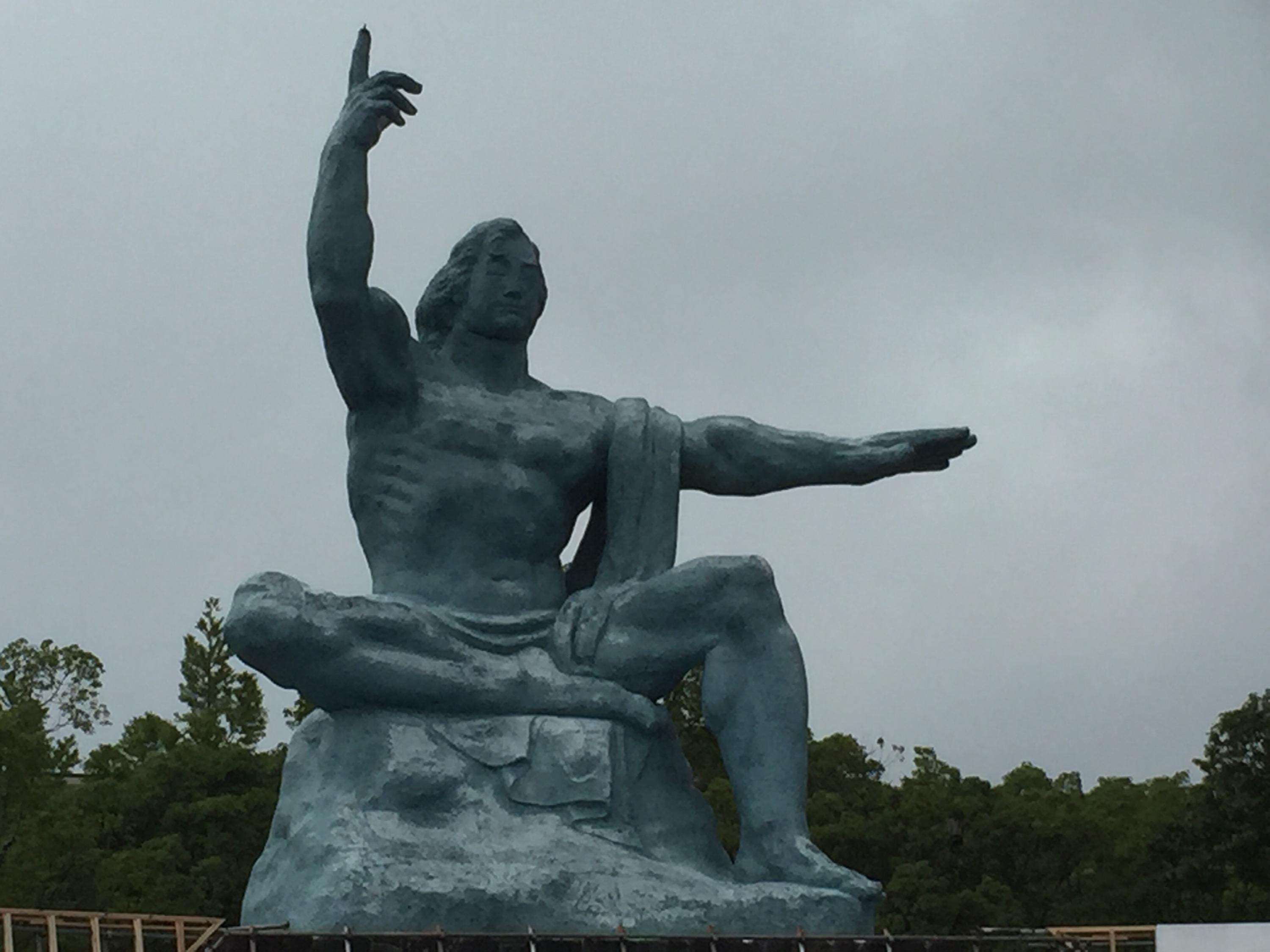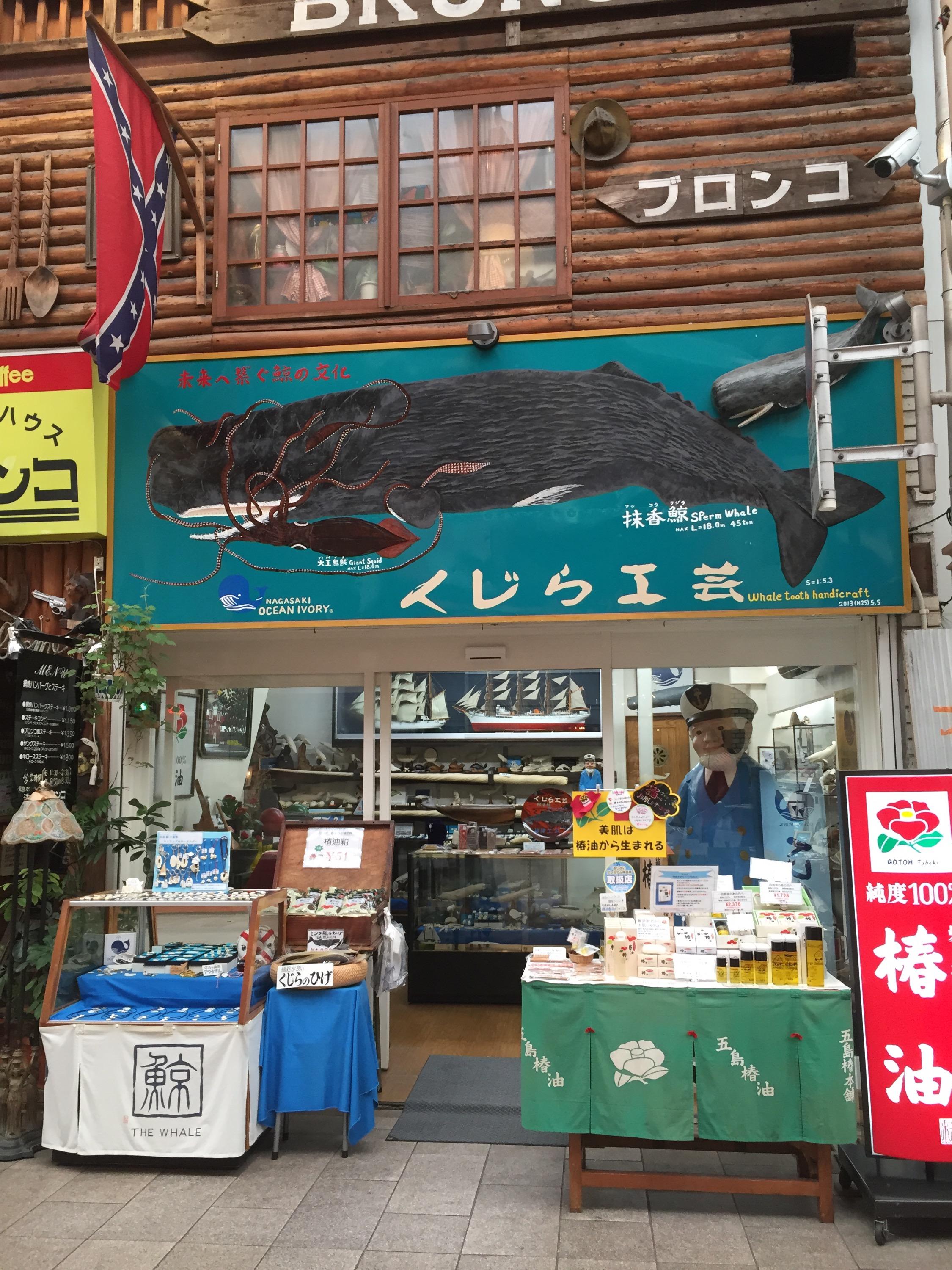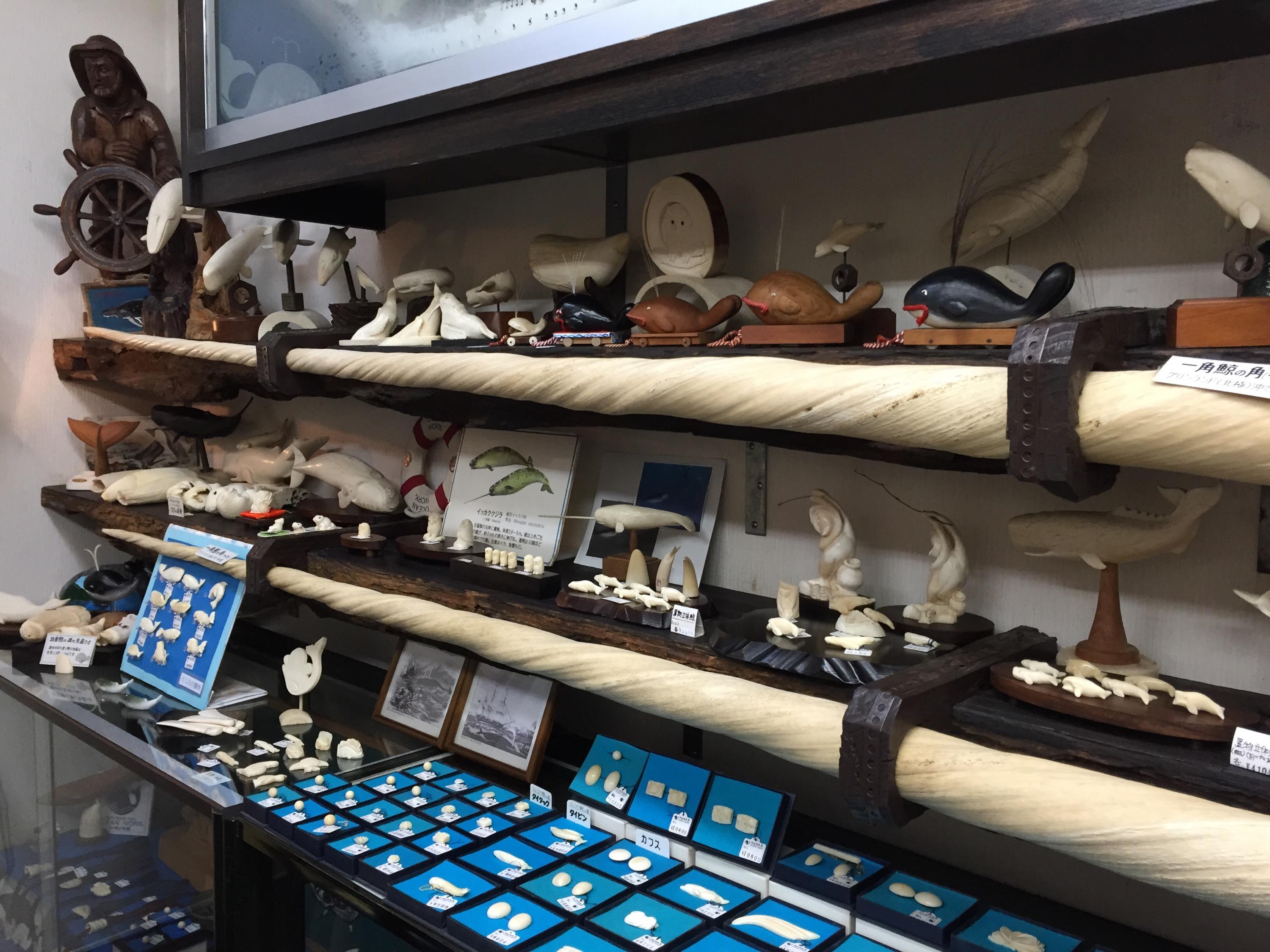Nagasaki has had integral role in Japanese place in global history. It started when an off course Chinese ship landed in Kagoshima Prefecture in 1543 carrying Portuguese adventurers and guns. Catholic missionaries arrived soon after, ushering in a century of Japanese Christianity (1549-1650) very much centred in Nagasaki and Hirado.
By 1570, Nagasaki was wealthy and fashionable international port with Portuguese traders shuttling between Japan, China and Korea, and missionaries converting many Japanese to christianity. in 1580, the local daimyo (domain lord) briefly ceded control of Nagasaki to the Society of Jesuits.
In 1597 however, the shogun then reclaimed Nagasaki, expelled the Jesuits and crucified (oddly enough) 26 European and Japanese Christians. The Portuguese and Spanish traders were replaced with Protestant Dutch ones, thought to be more interested in trade than religion, and Christianity was banned altogether in 1613.
After a peasant uprising in Shimbarar in 1637-38, the shogunate forbid all foreigners from Japan and stopped all Japanese travelling overseas, in a beginning of a period called ‘sakoku’ (national seclusion) which lasted over two centuries.
When Japan reopened its doors in the mid-1850s Nagasaki was well placed to become a major economic force particularly in ship building (our ship, the Diamond Princess was built here), and of course that industry eventually led to what Nagasaki is most remembered for – the tragic bombing of Nagasaki on August 9, 1945 at the end of WWII. 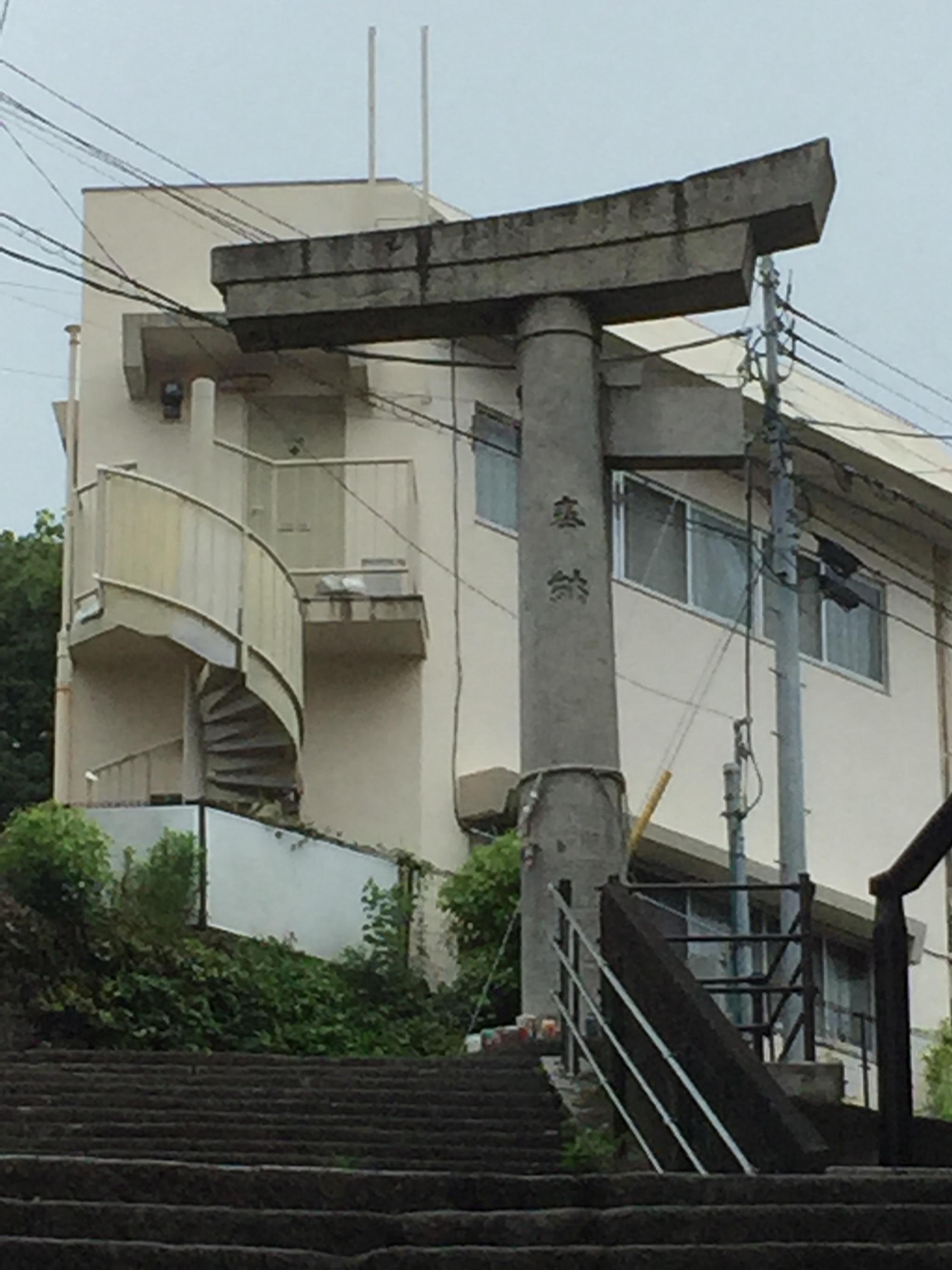
We were doing a walking tour of Nagasaki today, mostly to see the various memorials and the museum commemorating the victims of the atomic bomb. The first stop was a long climb up to the One Legged Tori Gate. As we have gathered by now, the primary religion of Japan is Shintoism and the many thousands of shrines dotting the cities and towns are all introduced by distinctive tori gates. This One Legged Tori Gate stands as a reminder of the intensity of the blast from the atomic bomb, as the other half of the gate was destroyed when the bomb hit.
From there we went to the Atomic Bomb Museum. Visiting places like this always has an impact on you, whether it is Dachau Concentration Camp or the Gallipoli Peninsula, you can’t help but be affected by the great loss of human life and the futility of war.
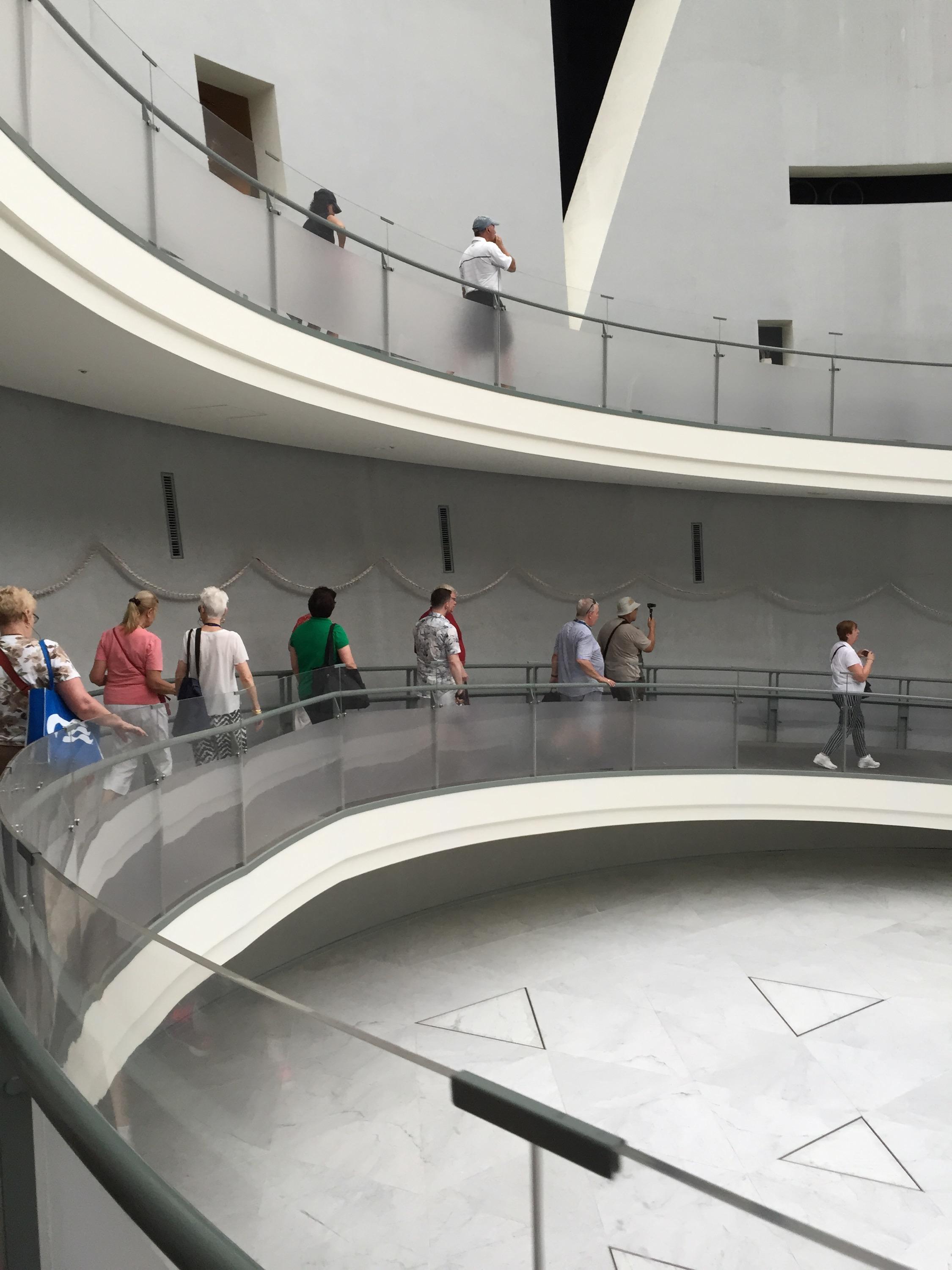
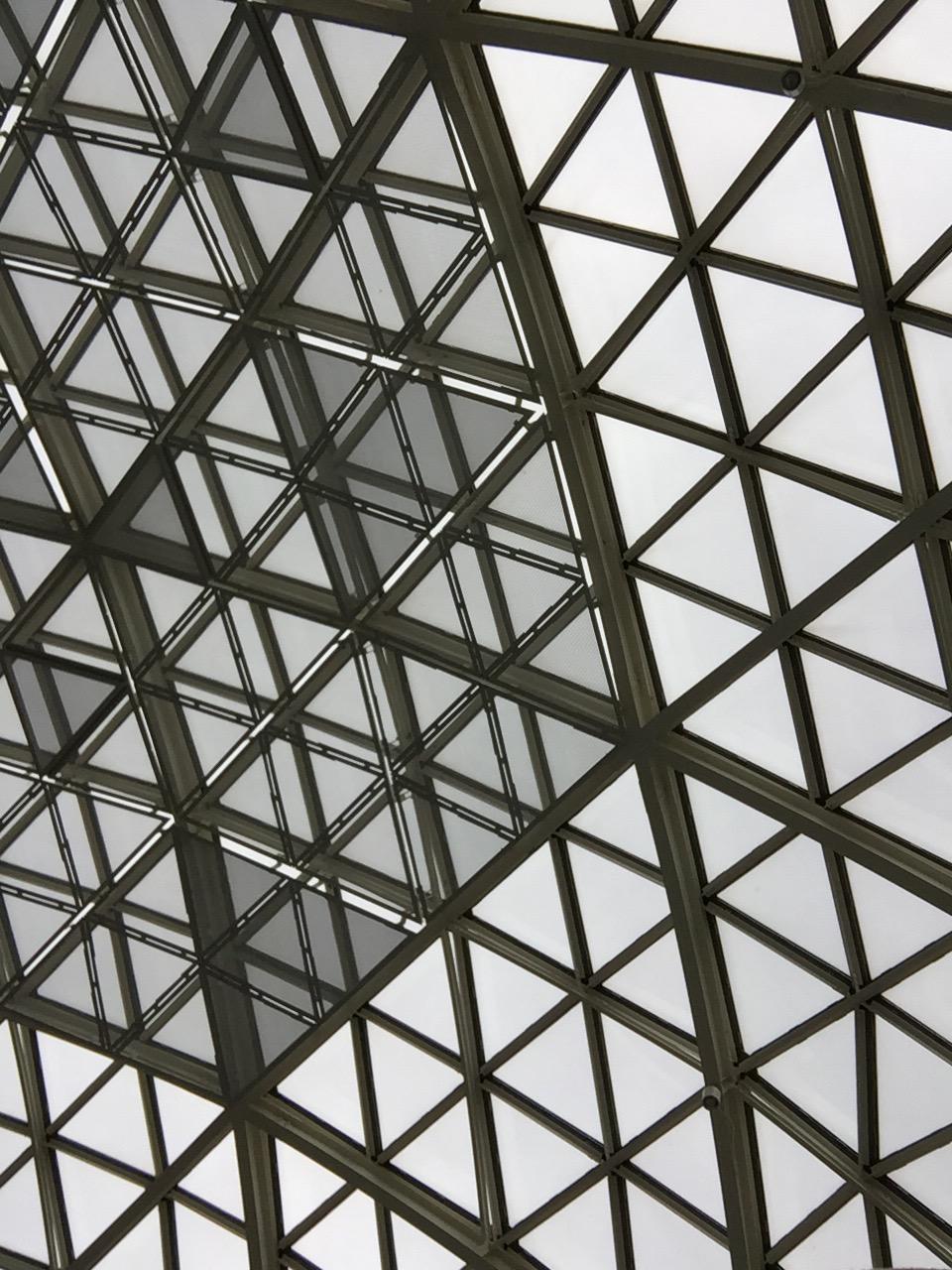
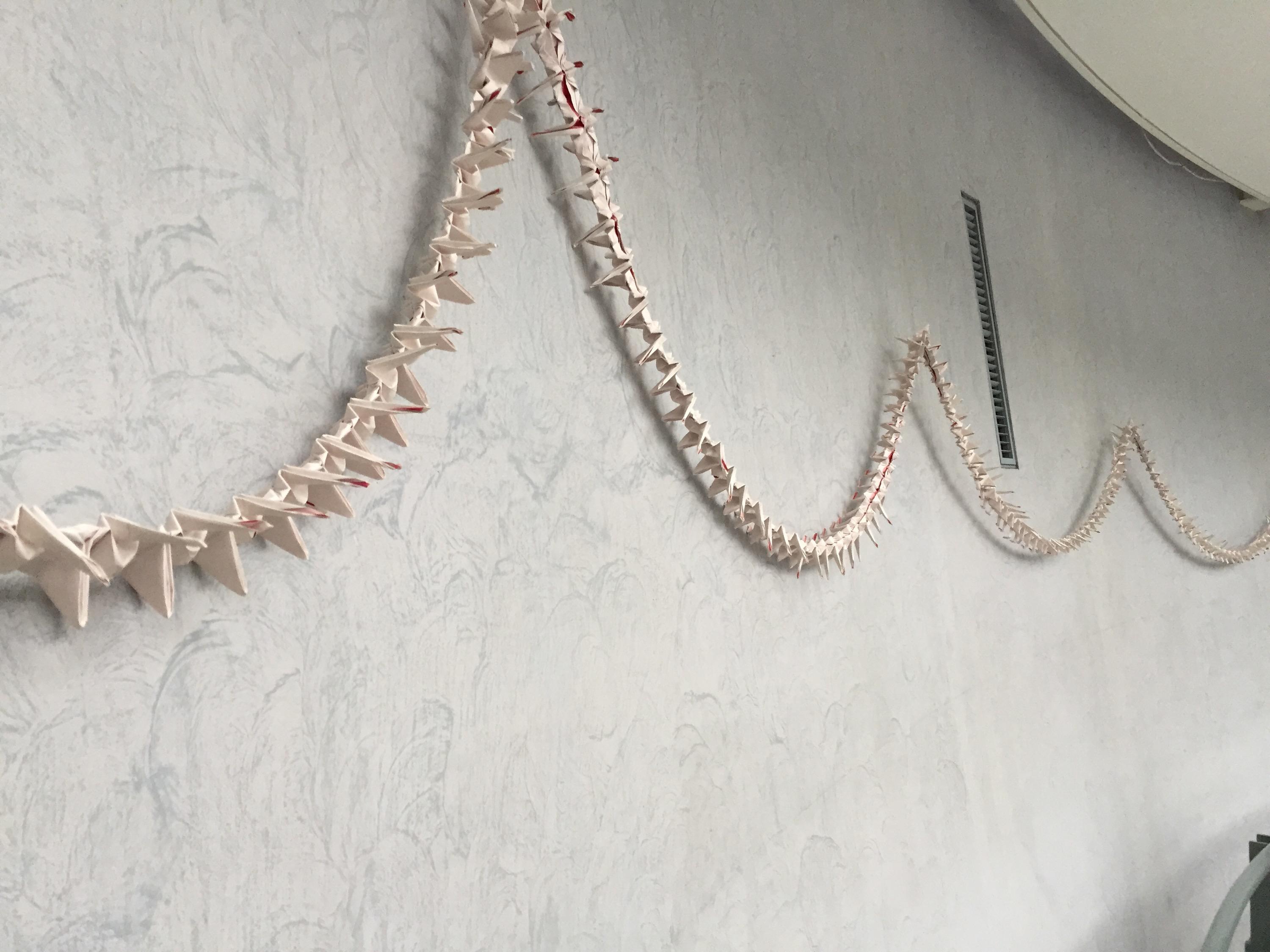
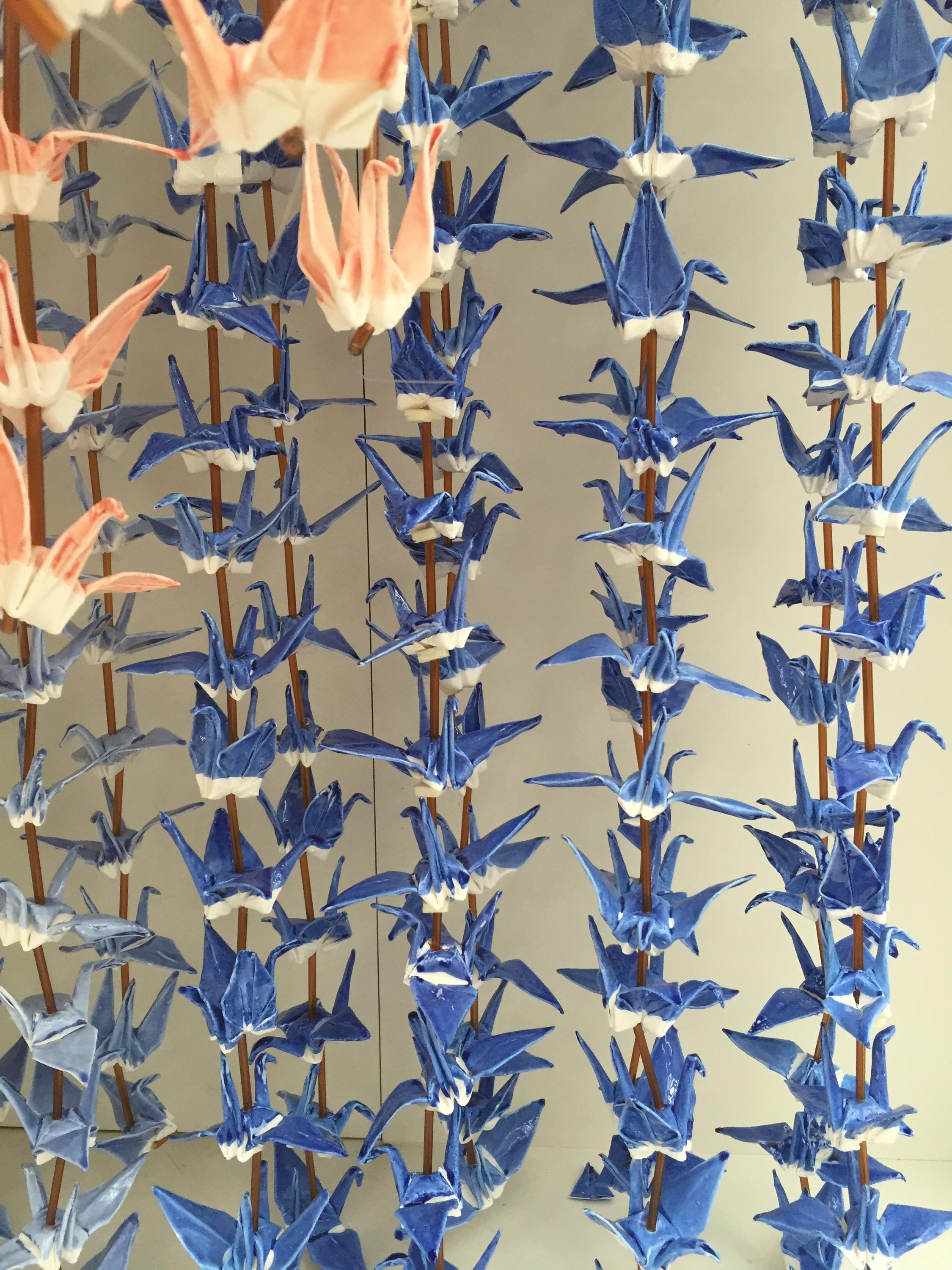
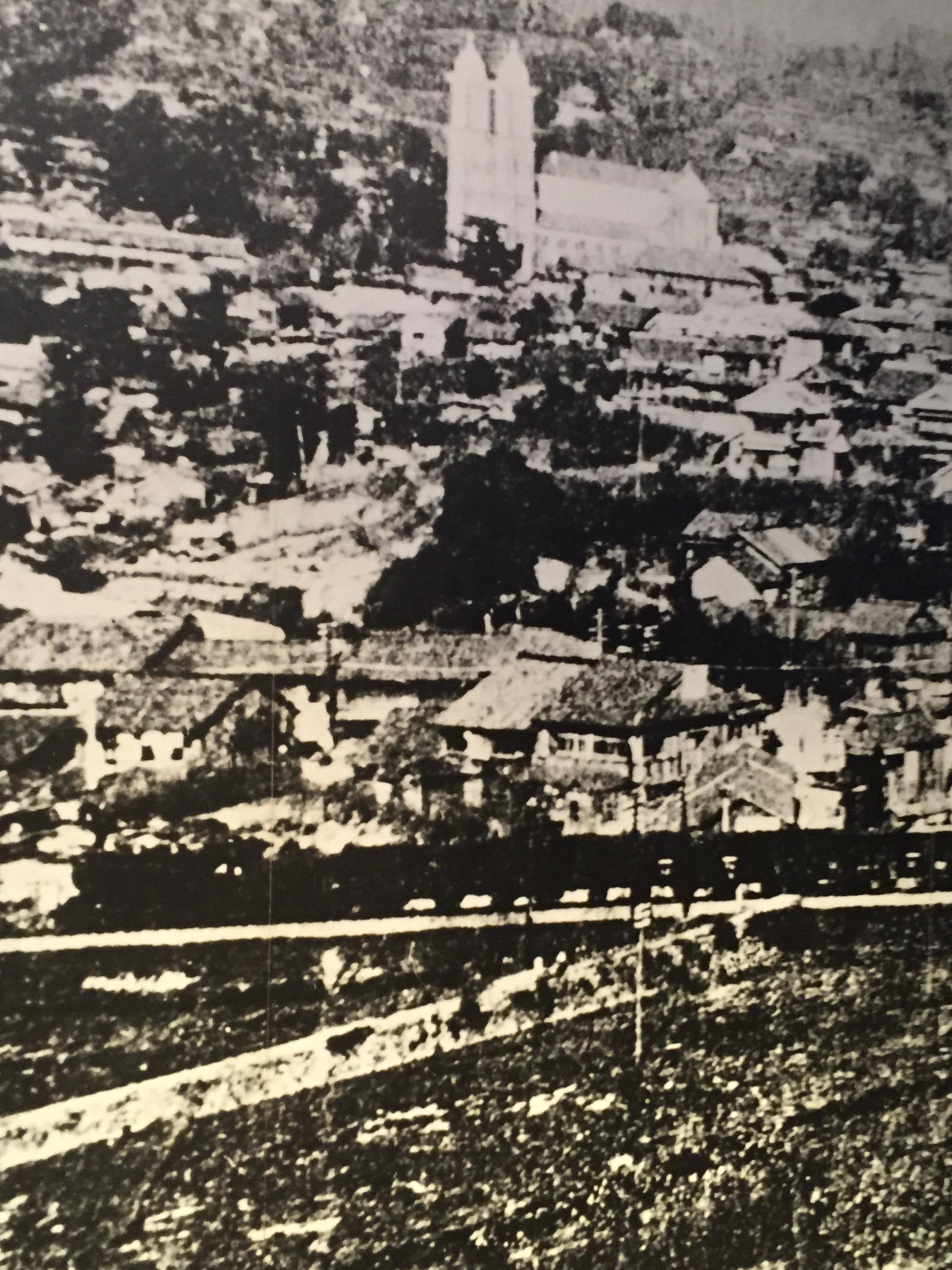
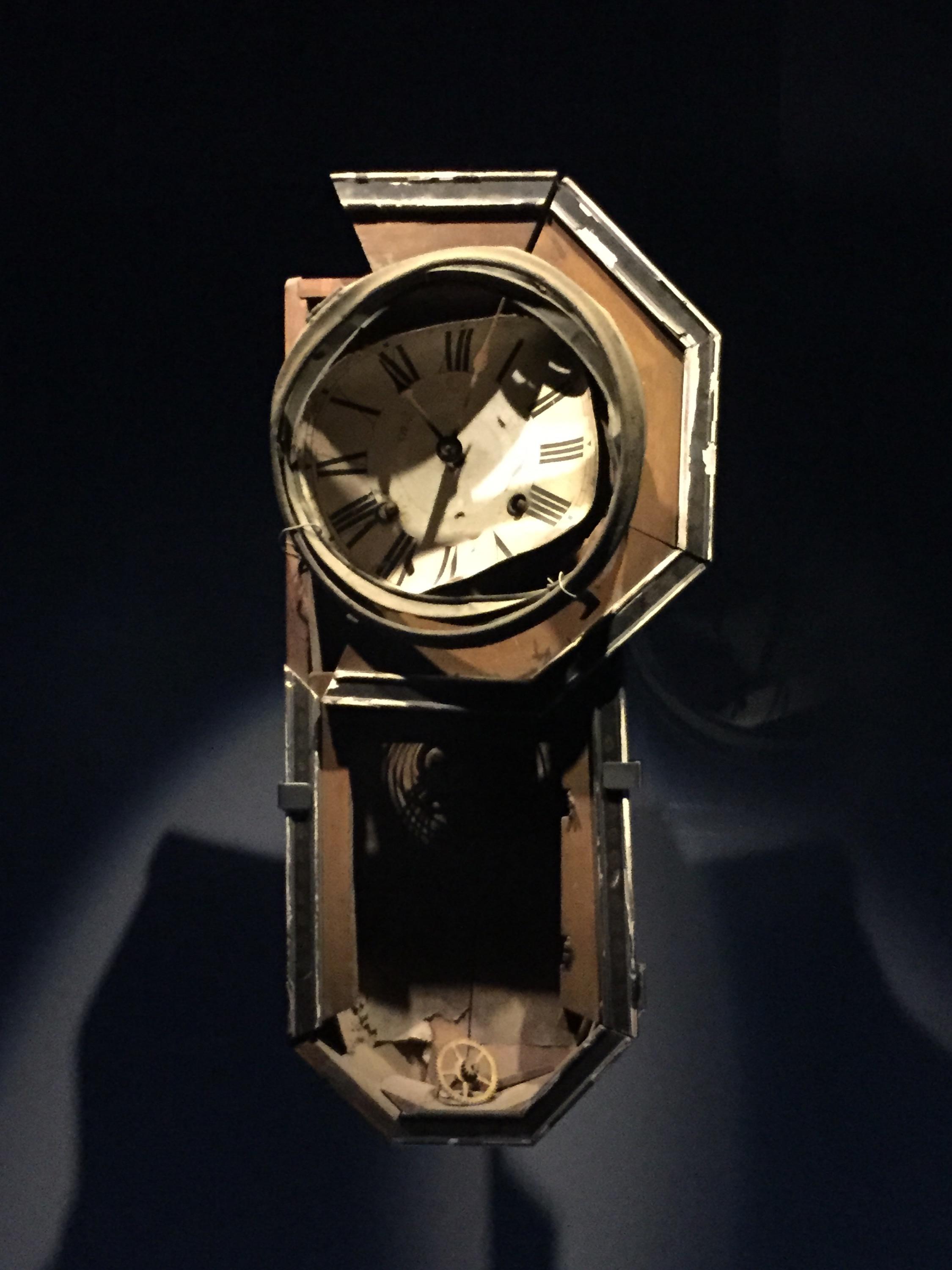
The United States Air Force B-29 bomber ‘Bock’s Car’ set off on 9th August 1945 to drop a second atomic bomb on Japan, three days after the first bomb ‘Little Boy’, was dropped on Hiroshima on August 6th. The rationale was that, in inflicting these enormous civilian casualties on Japan, the war would rapidly come to an end and countless American soldiers would be spared. As the bomber set off, it’s intended target was Kokura, however due to poor visibility of the target, the bomber was deployed to a predetermined secondary target – the Mitsubishi Arms Factory in Nagasaki.
The B-29 arrived over Nagasaki at 10:58am with heavy cloud, but when the Mitsubishi Arms Factory was sighted through the clouds, the bomb – a 4.57 tonne bomb with an explosive power equivalent to 21.3 kilo-tonnes of TNT (twice the size of ‘Little Boy’) – named ‘Fat Man’ was released. It missed its intended target and exploded at 11:02am, approximately 500m above the ground almost directly above the Urakami Cathedral (the largest Catholic church in Asia at that time).
At the time of the explosion, Nagasaki had a population of approximately 240,000 people. In an instant, it completely annihilated the suburb of Urakami and 74,000 people. A further 75,000 people were horribly injured, and another estimated 75,000 people are believed to have died from the after affects – mostly women, children and aged men as the bulk of the country’s fit young men were enlisted at the time. Ground temperatures at the epicentre of the blast have been estimated between 3000-4000 degrees centigrade, and a fiery blast still as hot as 600 degrees was felt 1.5km away. Everything within a 1km radius of the bomb site was instantly destroyed and a searing wind nearing 1000km/hr radiated from the blast.
From what we have read today, it is thought the damage could have been even worse if the targeted arms factory had been hit. Unlike the flatlands of HIroshima, or the Nagasaki port itself, the hills around the river valley appear to have protected the outlying suburbs from even greater damage.
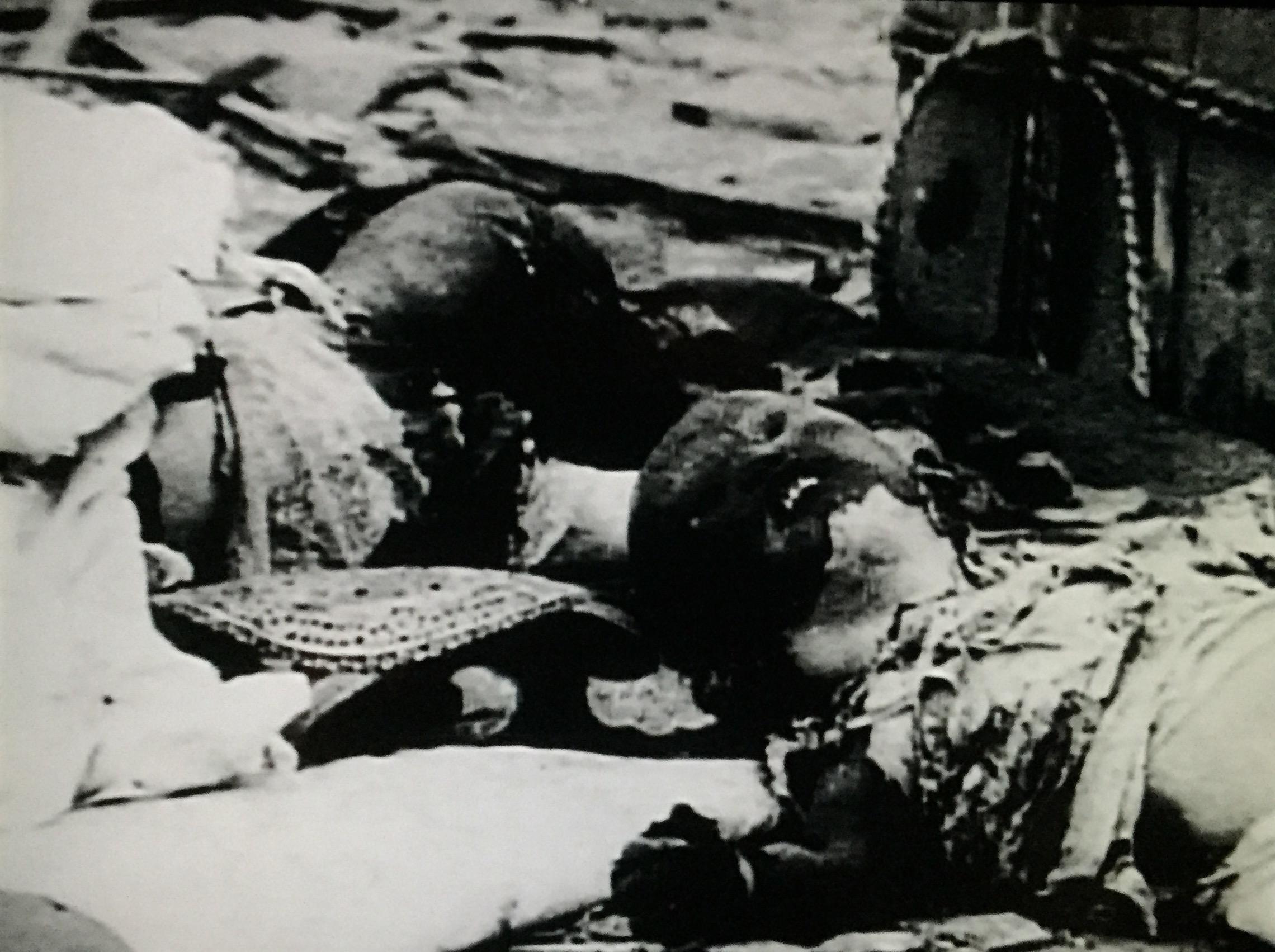 “Glowing red on the scorched fields, fires burning the people. My mother, too, went up in red flames. My sister too, went up in red flames and only a few ashes remained.” – Sakue Shimohira (then 11 years old)
“Glowing red on the scorched fields, fires burning the people. My mother, too, went up in red flames. My sister too, went up in red flames and only a few ashes remained.” – Sakue Shimohira (then 11 years old)
“Even those who survived, one after the other, died suffering.” Fujio Tsujimoto (then 5 years old)
“On my uncles, aunts, sisters, and friends lying there large drops of rain fell.” – Yoko Iwanga (7 years old)
“I don’t know what happened, only that there was a bright flash of light. Then, everything was destroyed.” (Testimony of survivor)
“Everything was burning, just burning. My sorrow knew no end.” – Toshihiro Fukahori (then 11 years old)
“The rapeseed oil had a shine to it that gave an otherworldly look tot he victims on whom it was rubbed. Many of those treated would suddenly pitch forward in pain and died, their bodies stiffening.” – Jun Higashi 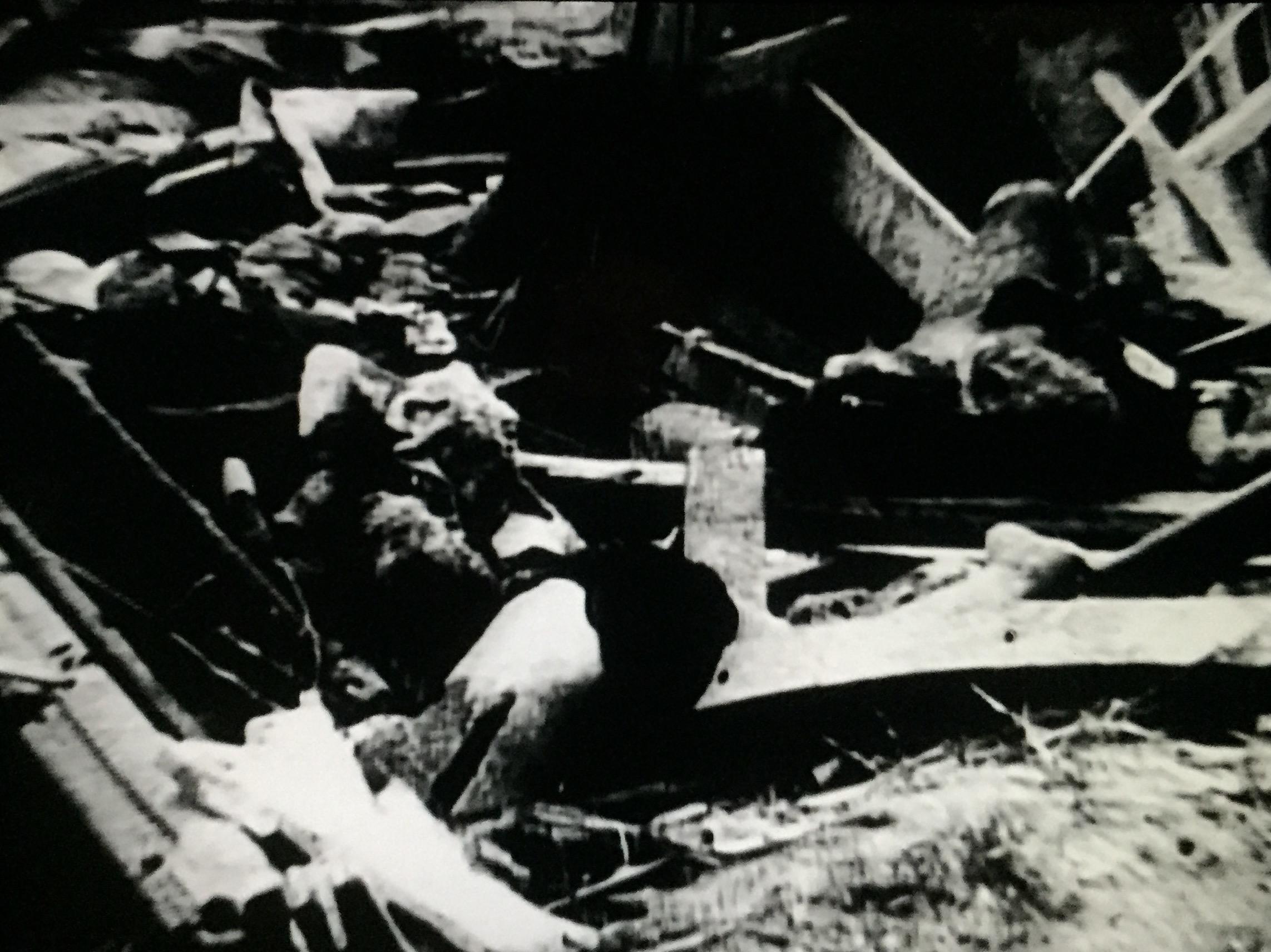
“All words used to describe this horrible spectacle from this day on have become, for me, inadequate.” – Jun Higash 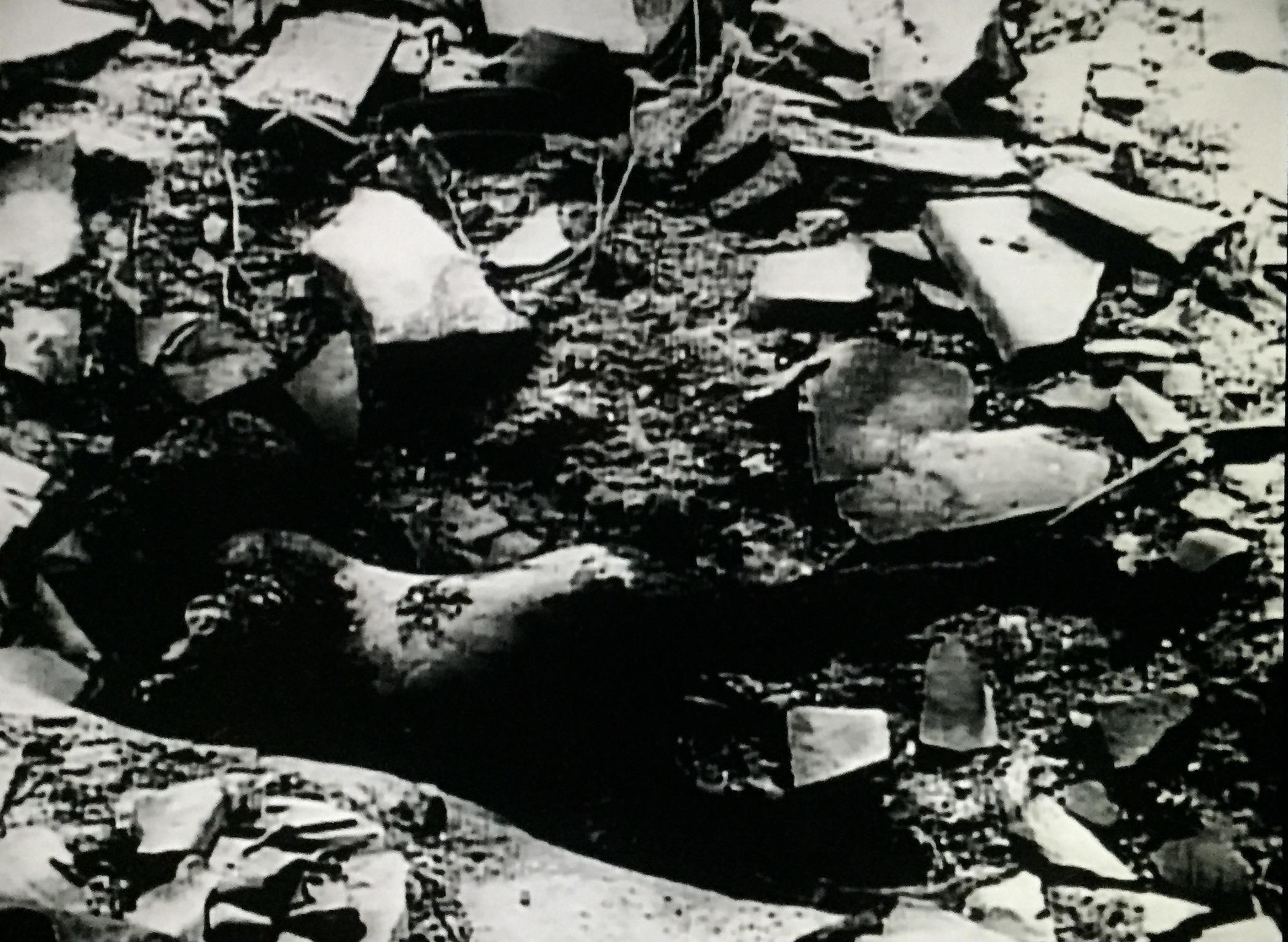
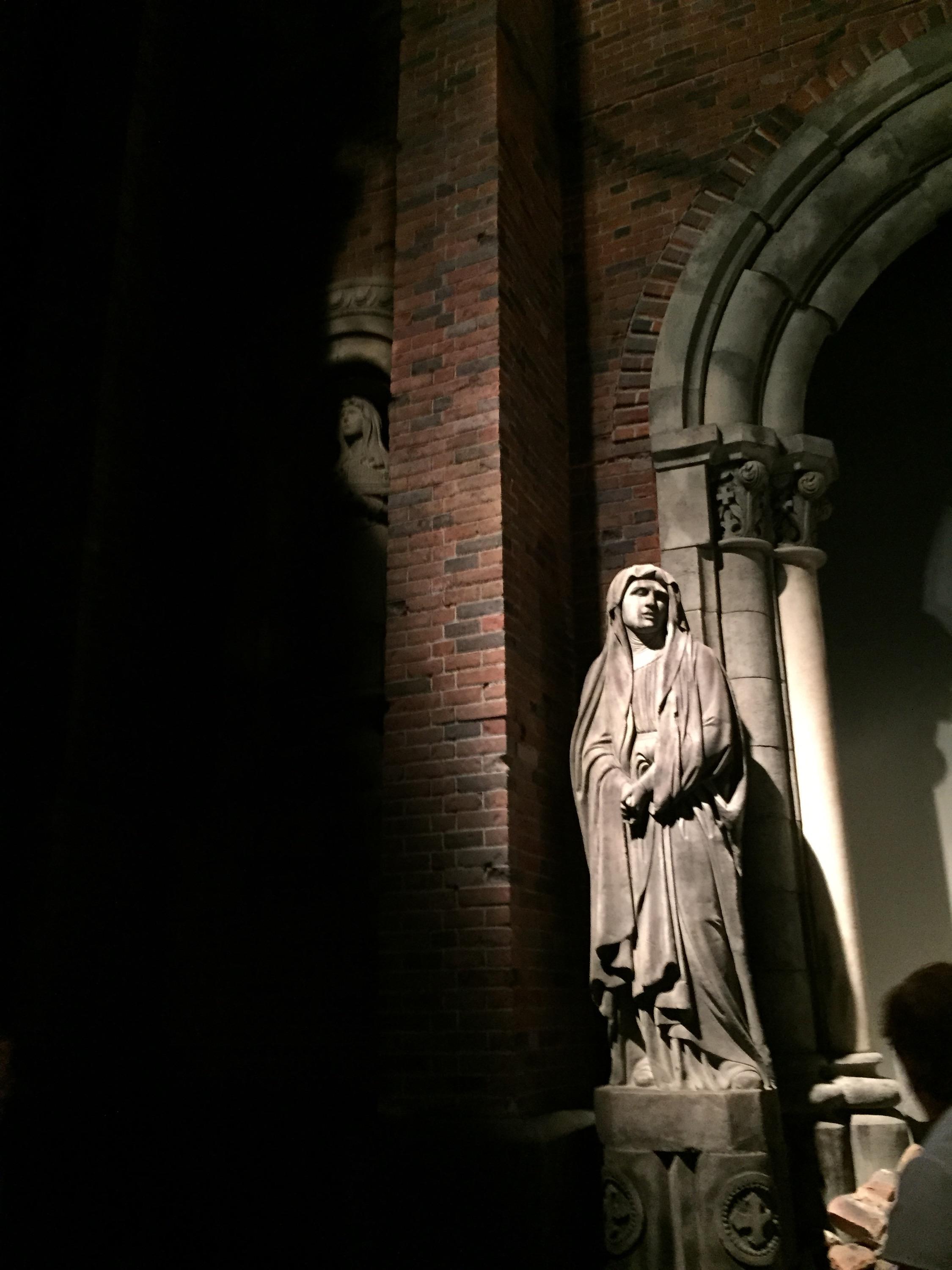
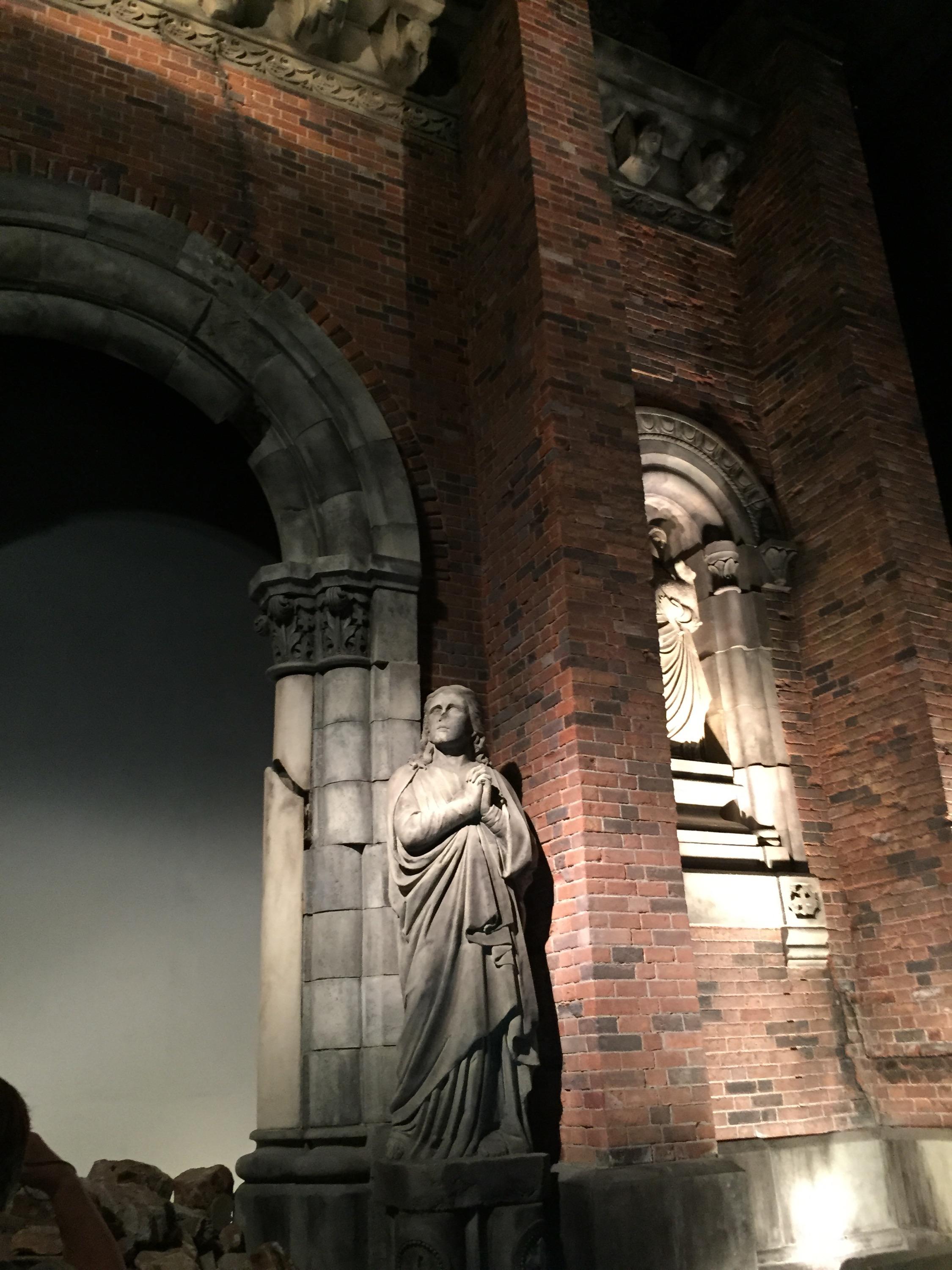
Bottles melted together from extreme heat at 1km from ground zero.
A school girl’s lunch box, with the contents reduced to ashes. 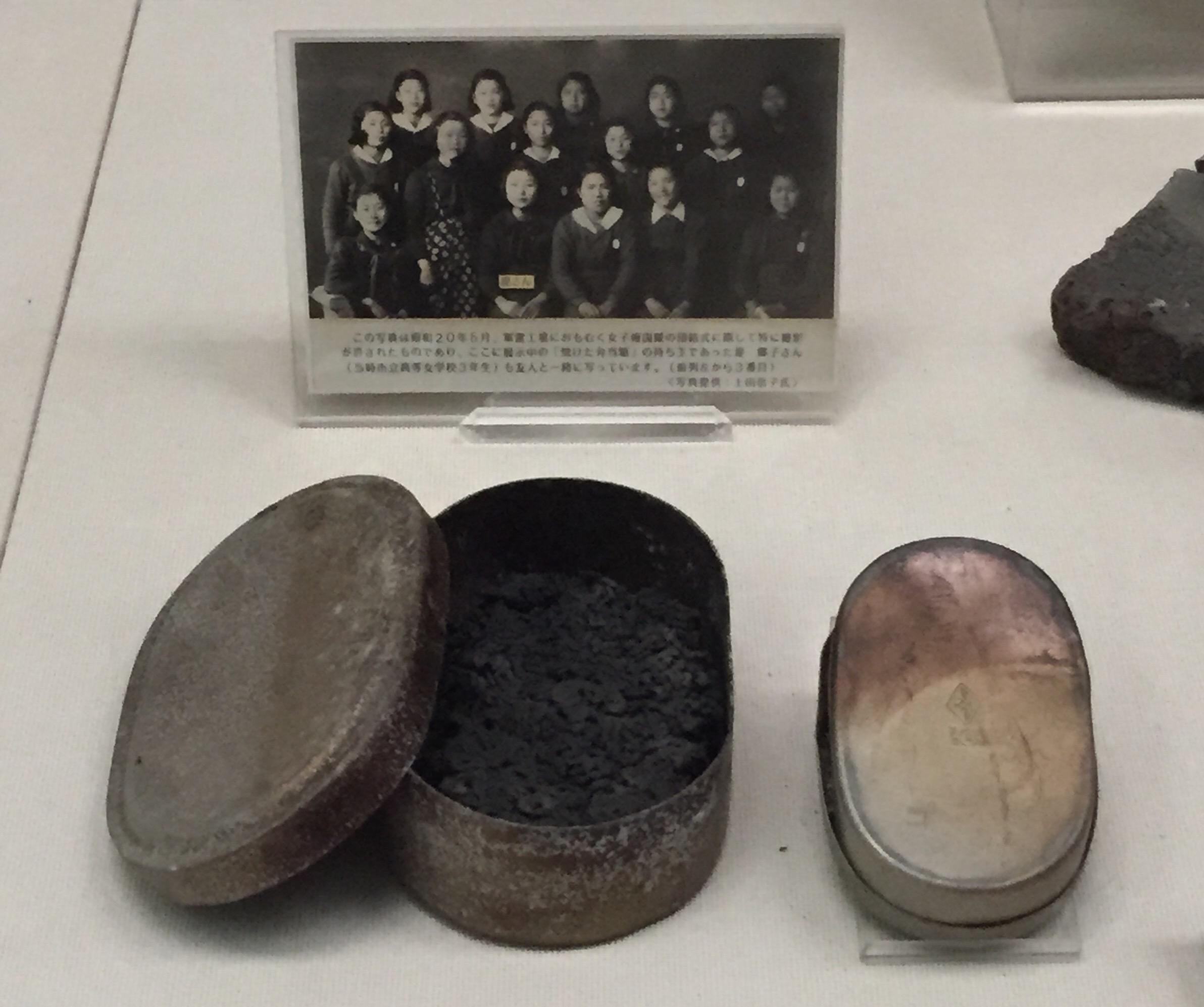
Eleven ceramic plates melted together.
The shadow of a lookout man and his ladder left on a wall 1.22km from the blast site. 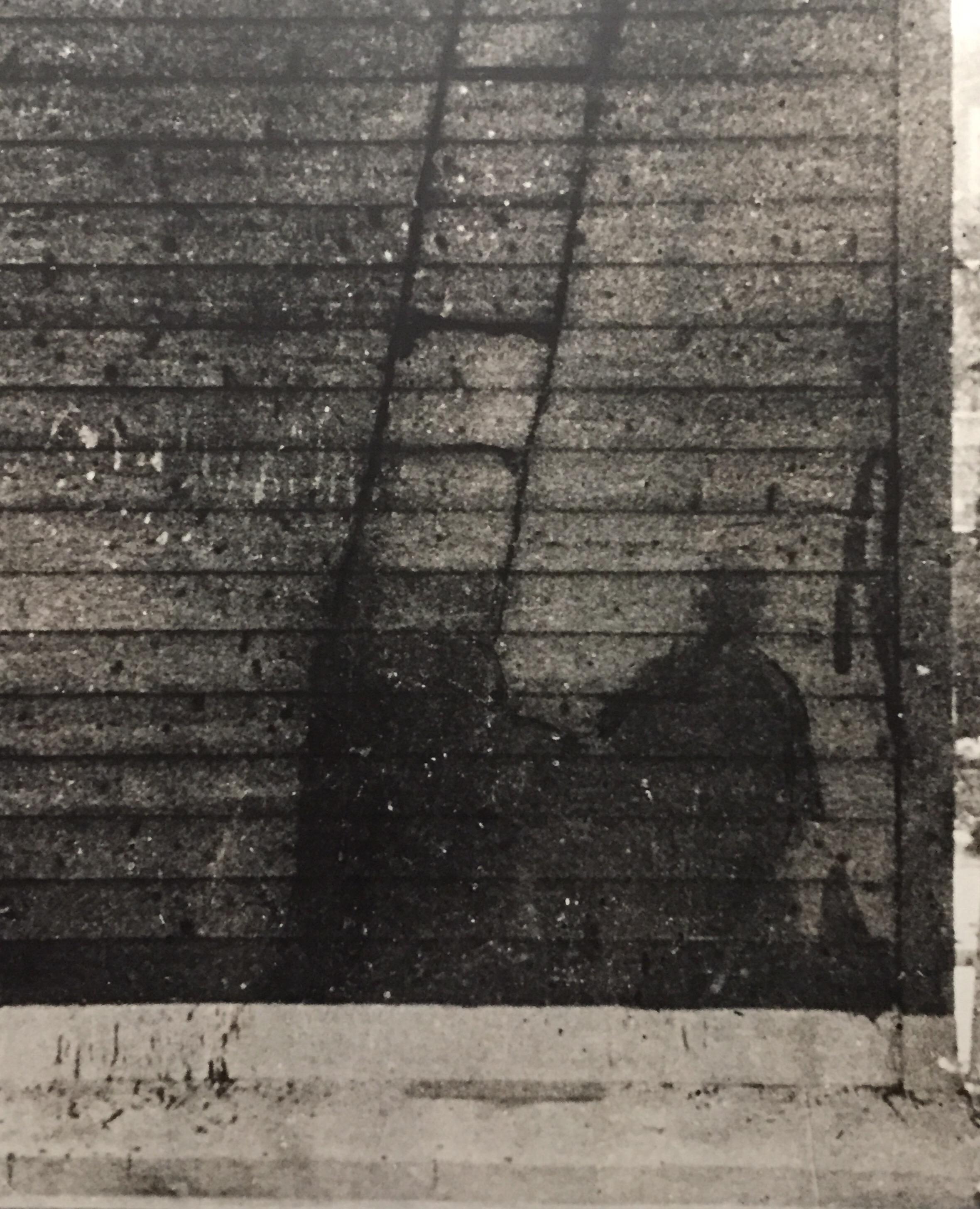
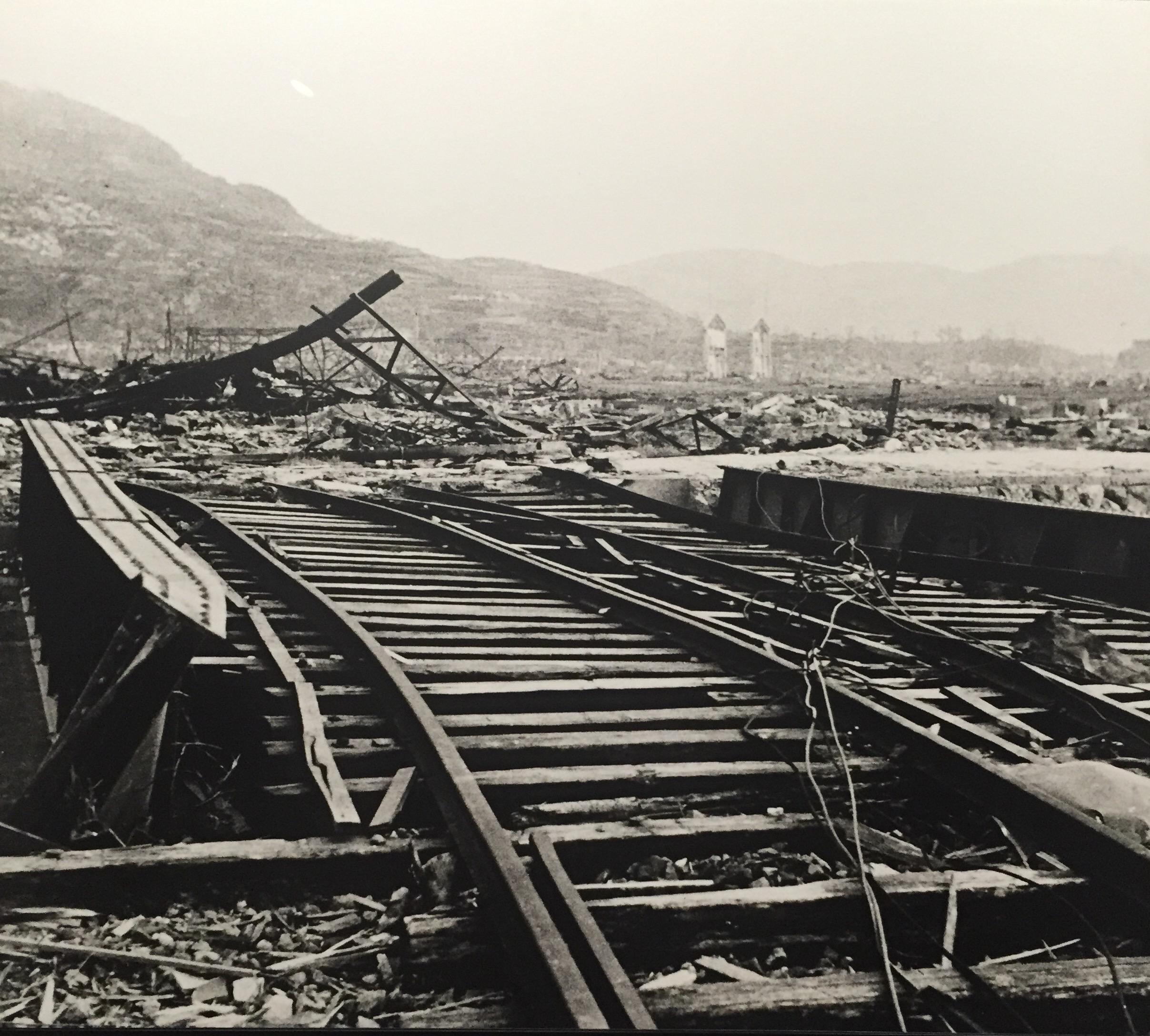
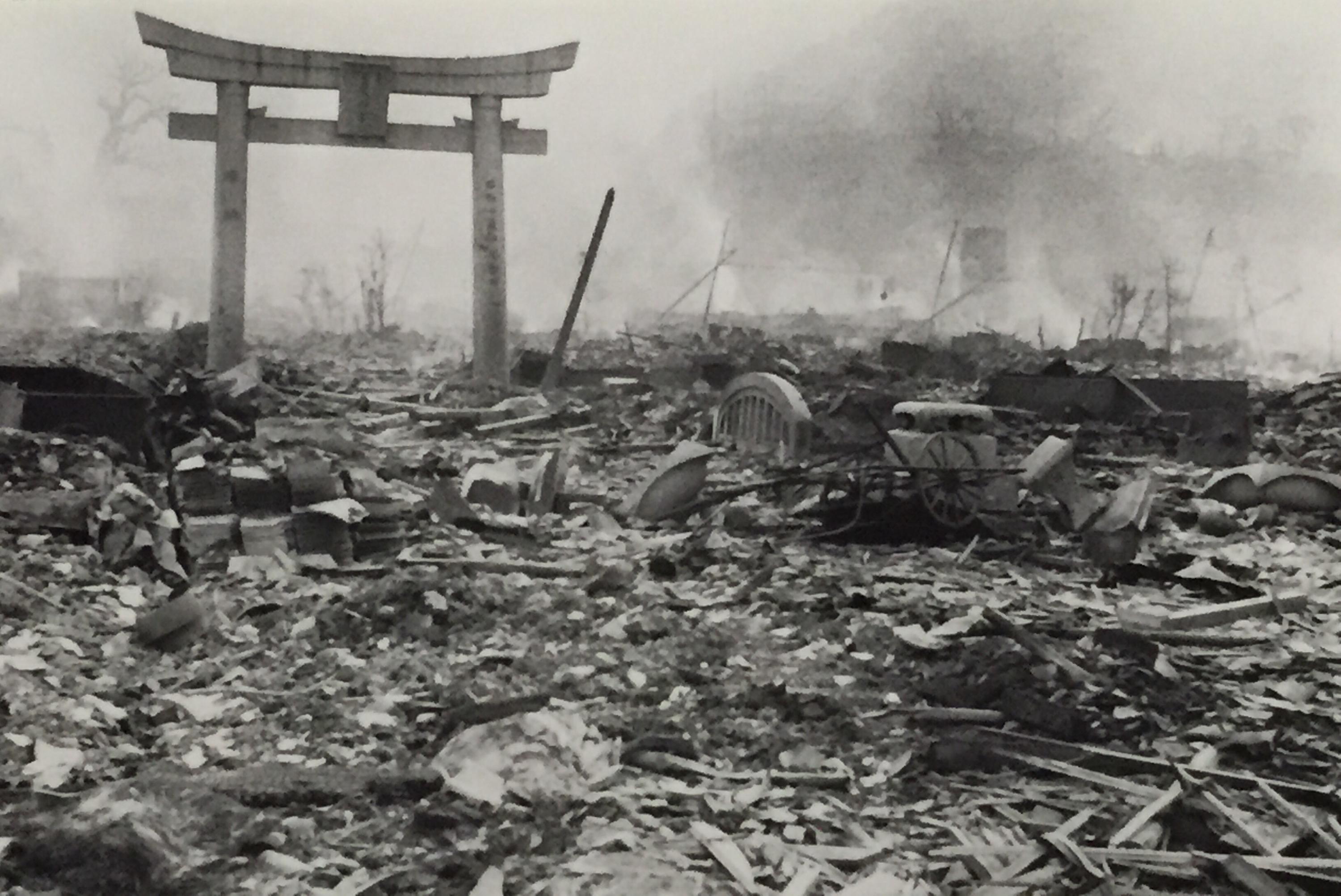
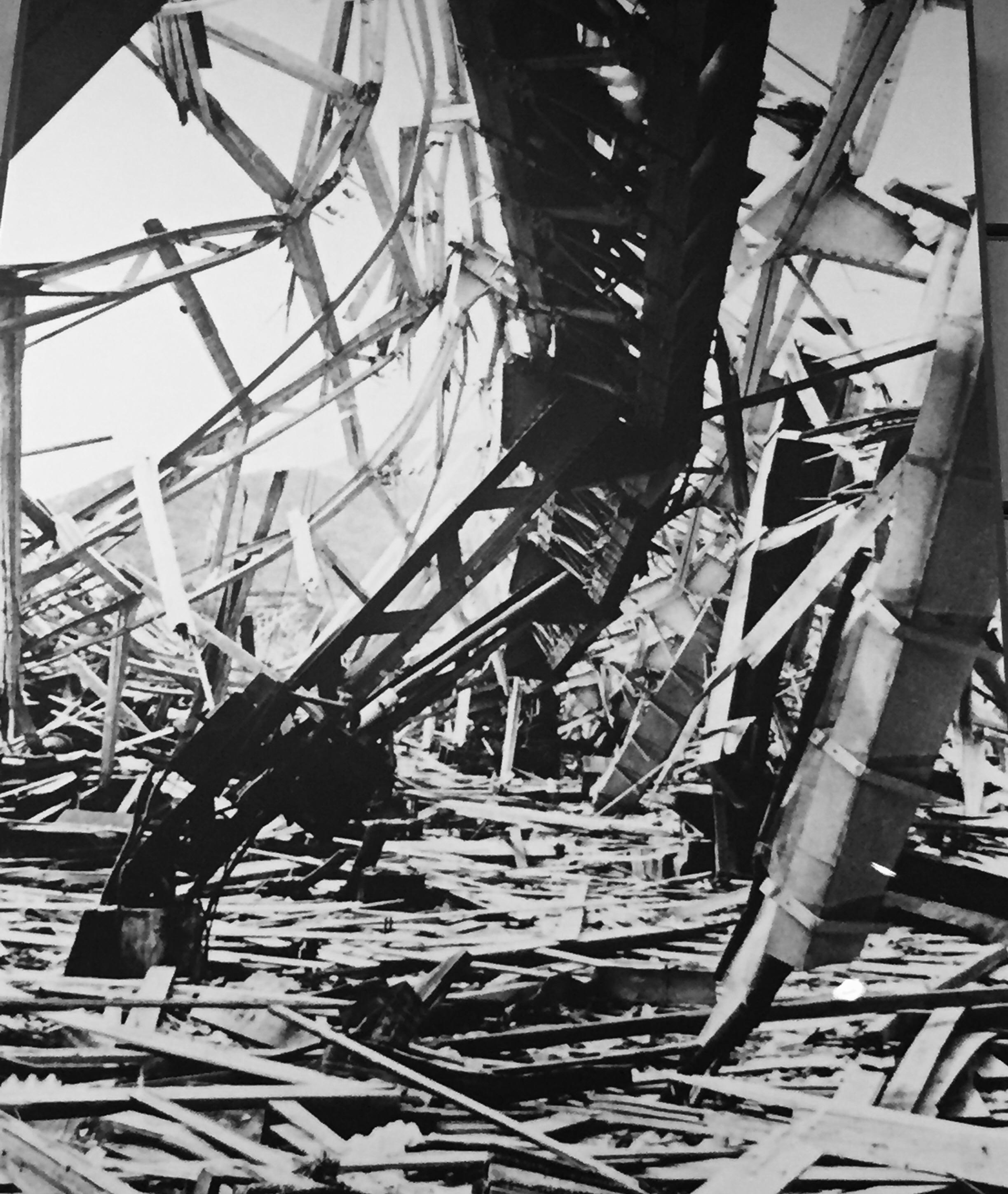
Current stockpiles of nuclear weapons by country.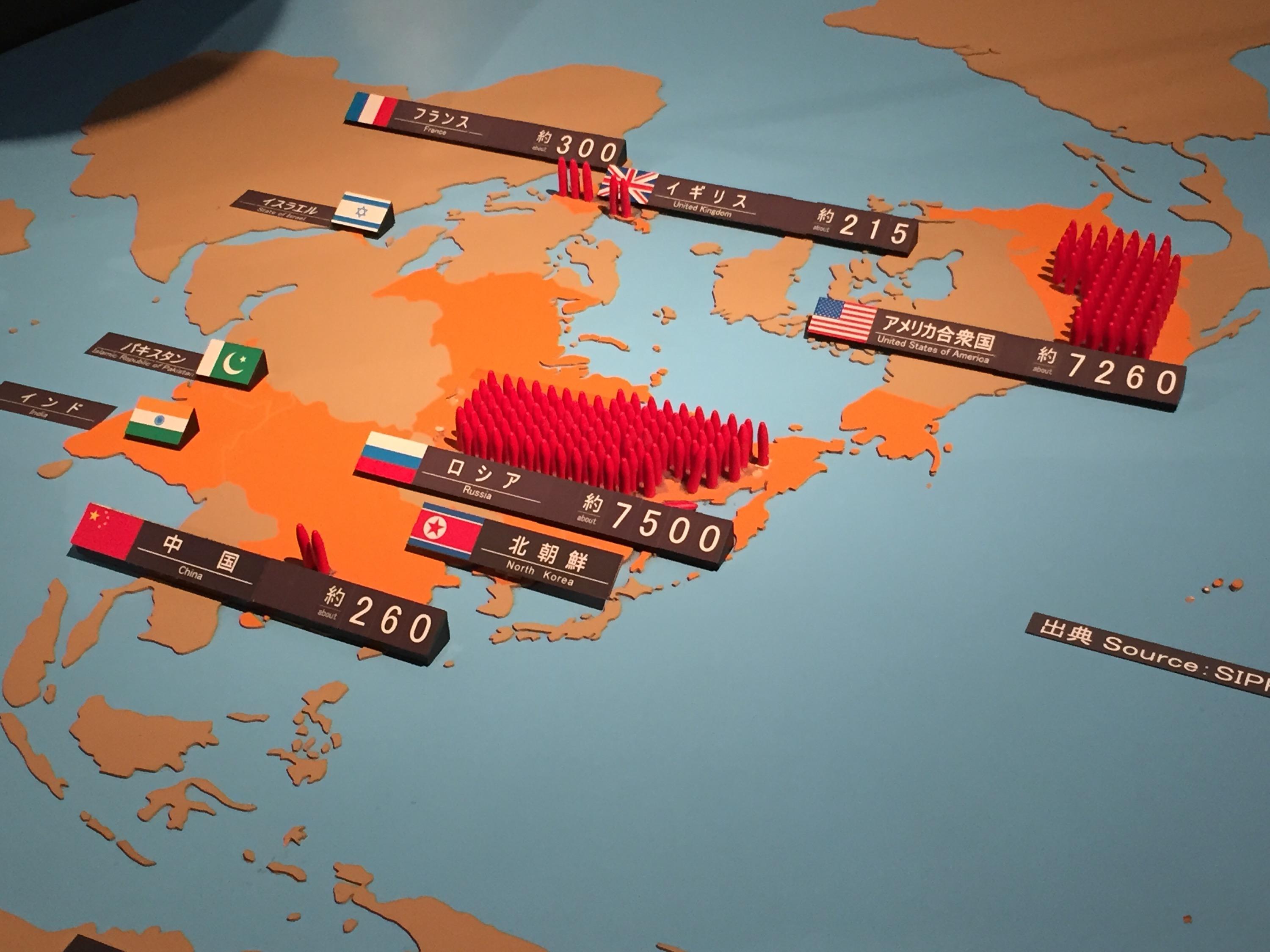
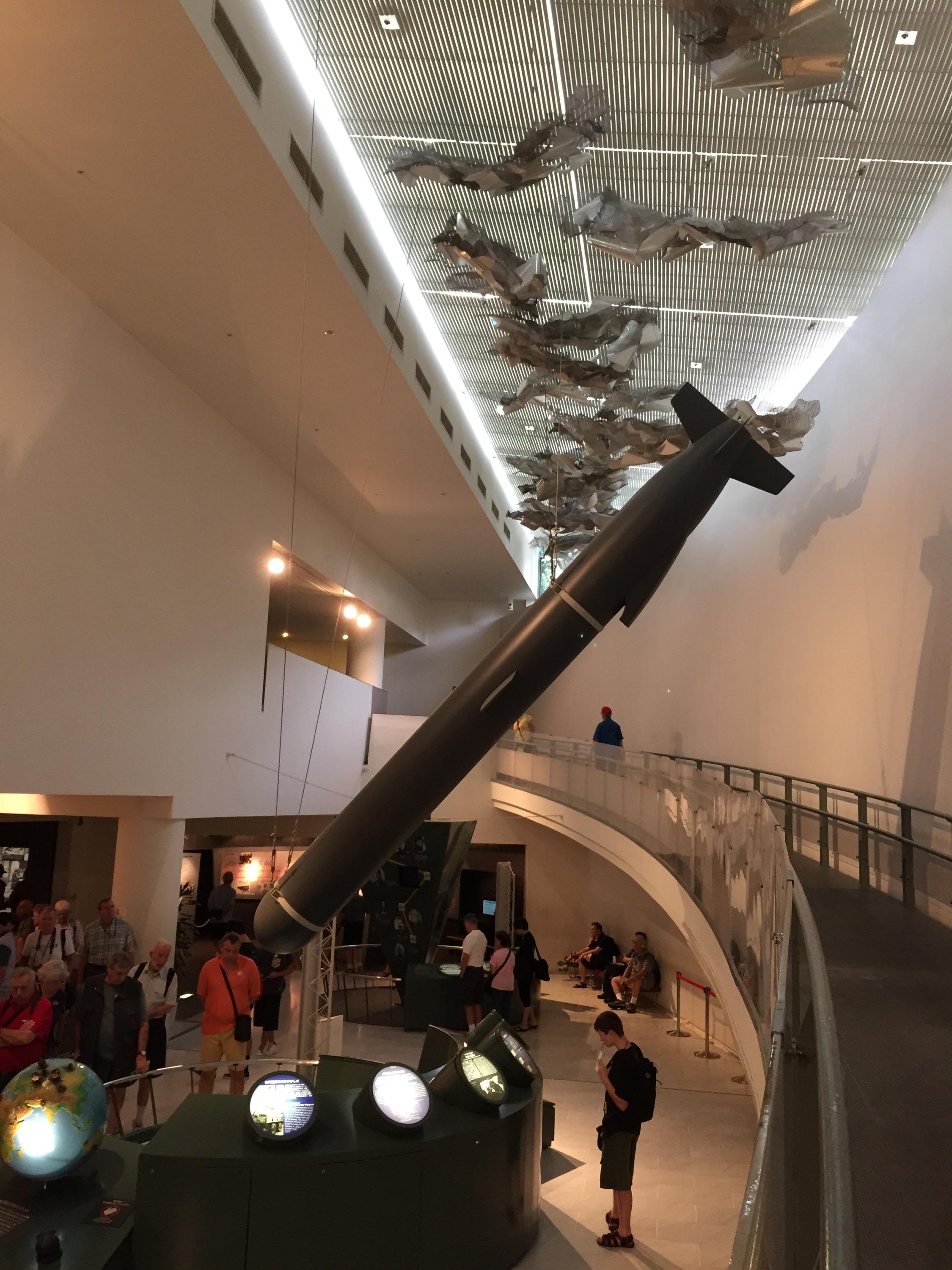
Strings of Peace Cranes. The Japanese have a tradition of sending 1000 cranes (being a symbol of long life) to people either ill or in hospital to aid their healing and wish them long life. Now, people send 1000s of origami peace cranes to the Atomic Bomb Museum to ‘heal the people’.
The nearby Peace Park contains statues and monuments sent from countries and cities all over the world to mark their commitment to peace and reducing the threat of nuclear weapons ever being used again. This monument represents all the mothers and children affected by the bombing of Nagasaki.
This monument is of a young woman – with her long sleeves, you can tell she is unmarried – she represents the lost youth of those in Nagasaki when the bomb was dropped. Surrounded by more brightly coloured cranes full of hope and healing for the future, it makes a poignant image on an overcast day.
The Ground Zero Park, marking the epicentre of where Fat Man was dropped. To the right, marks the remains of the Urakami Cathedral.
The water fountain at the Peace Park is marked by a poem written by a small child (I will have to research it later) which expresses how they were forced to drink water covered in oil to survive after the bomb.
A sculpture from the US, depicting seven bodies on the seven continents in a state of interdependency… not quite sure what to make of this one considering the US caused this horrific event.
The giant statue in the Peace Park – his one hand points up to denote where the threat of nuclear bombs comes from and his other hand reaching out to the people. This year marks the 70th anniversary of when this bomb was dropped, and large commemorations are underway for just a few short days from now.
All up we have a very moving day walking around the memorials of Nagasaki and after such a draining day we grabbed a cab and went down town for a bit of late lunch and light hearted shopping. The most weird thing I saw in the shops today (yes, most of the weirdnesses are becoming commonplace now), was this Nagasaki Ocean Ivory shop… which was FULL of whale bone products. Pieces of whale teeth on necklaces, carved whale bone items AND actual NARWHAL teeth/horns for sale!
WOW! I have only ever seen these in museums before. If I thought I would get it through customs…

